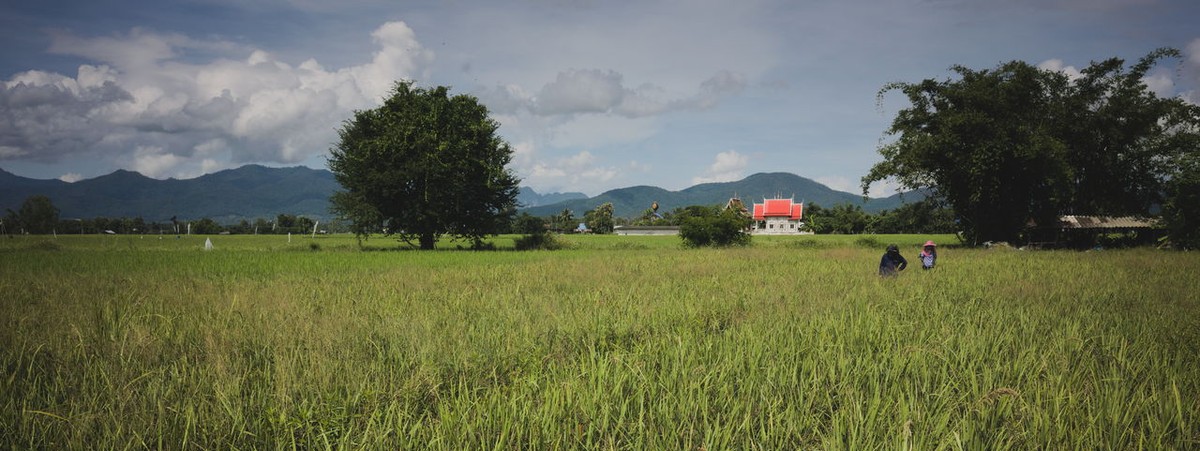


Phrao, a valley surrounded by the mountains of Srilanna National Park, is one of Chiang Mai's rural
districts, about 60 miles north of the main city.
Its micro climate (a bit colder, more rainfall), a (slightly) higher altitude and lower acidic soil (rice thrives within a pH range of 5.5-6.5) make it an exceptionnal environment to grow rice.
Our farmer group are all family members. Boonlerd was with us since the very start, then followed Por Taa, Boonlerd's brother-in-law while later on por Taa's nephew, p' Samred, joined as well. Some years one of them may not grow rice for us, so on this page we tend to keep records year over year.
We've been doing lab tests systematically and so far the results have been excellent (and consistent). Find the reports for
each crop year below.
At the end of the page more about growing rice organically.
Update February 21, 2024.
Besides Por Taa and p' Samred, we've got another farmer, lung Aram who lives near doi Inthanon, the highest mountain range of Thailand.
It's February, the time of year Dao and I get to mill, sort and pack rice each day.
This year Chiang Mai university is our miller and the chance to be at their site so often has been awesome. Haven't made much pictures over there yet, but haven't posted for a while either, so I add some pictures from our harvest in November.
Alex
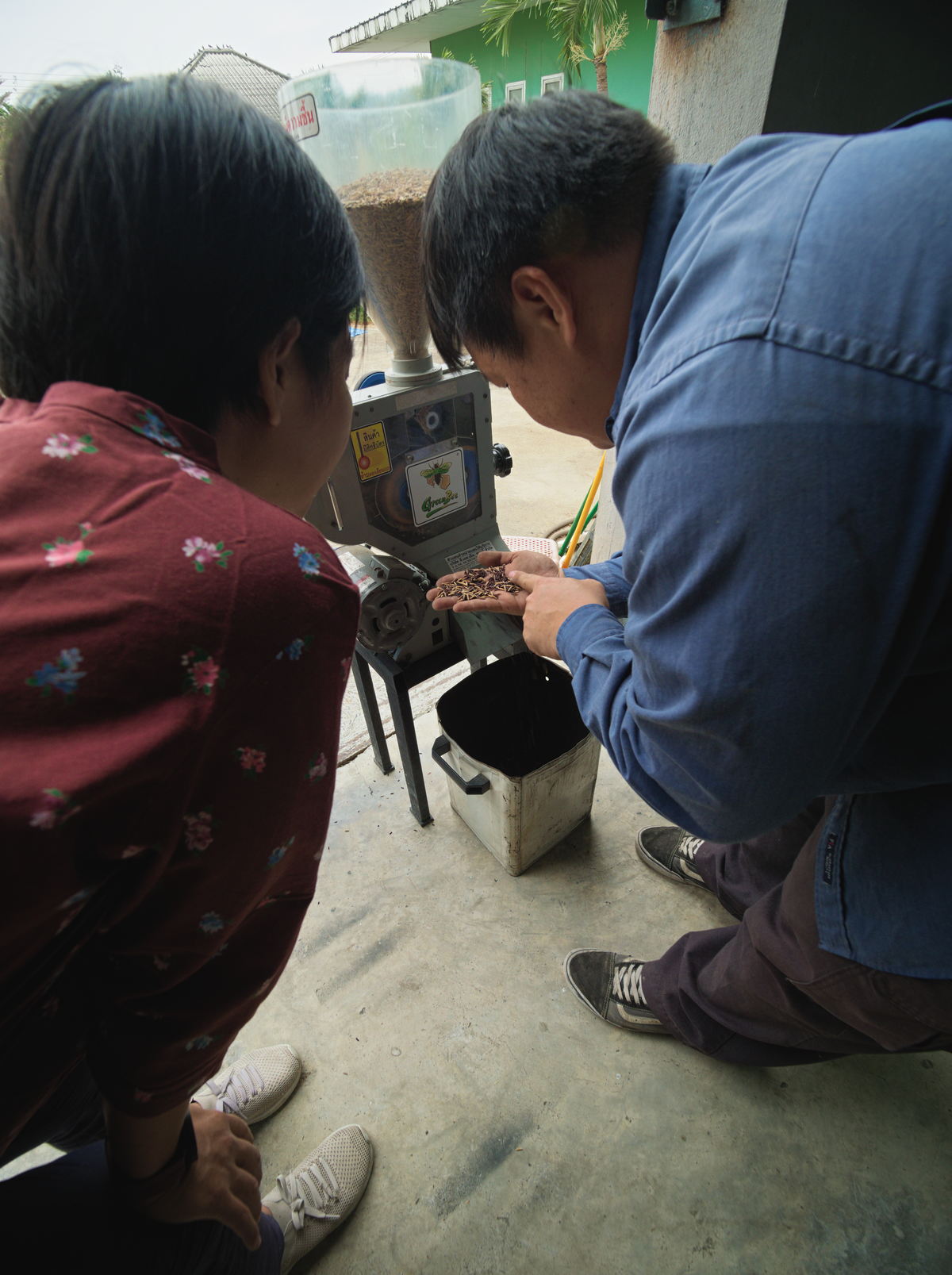
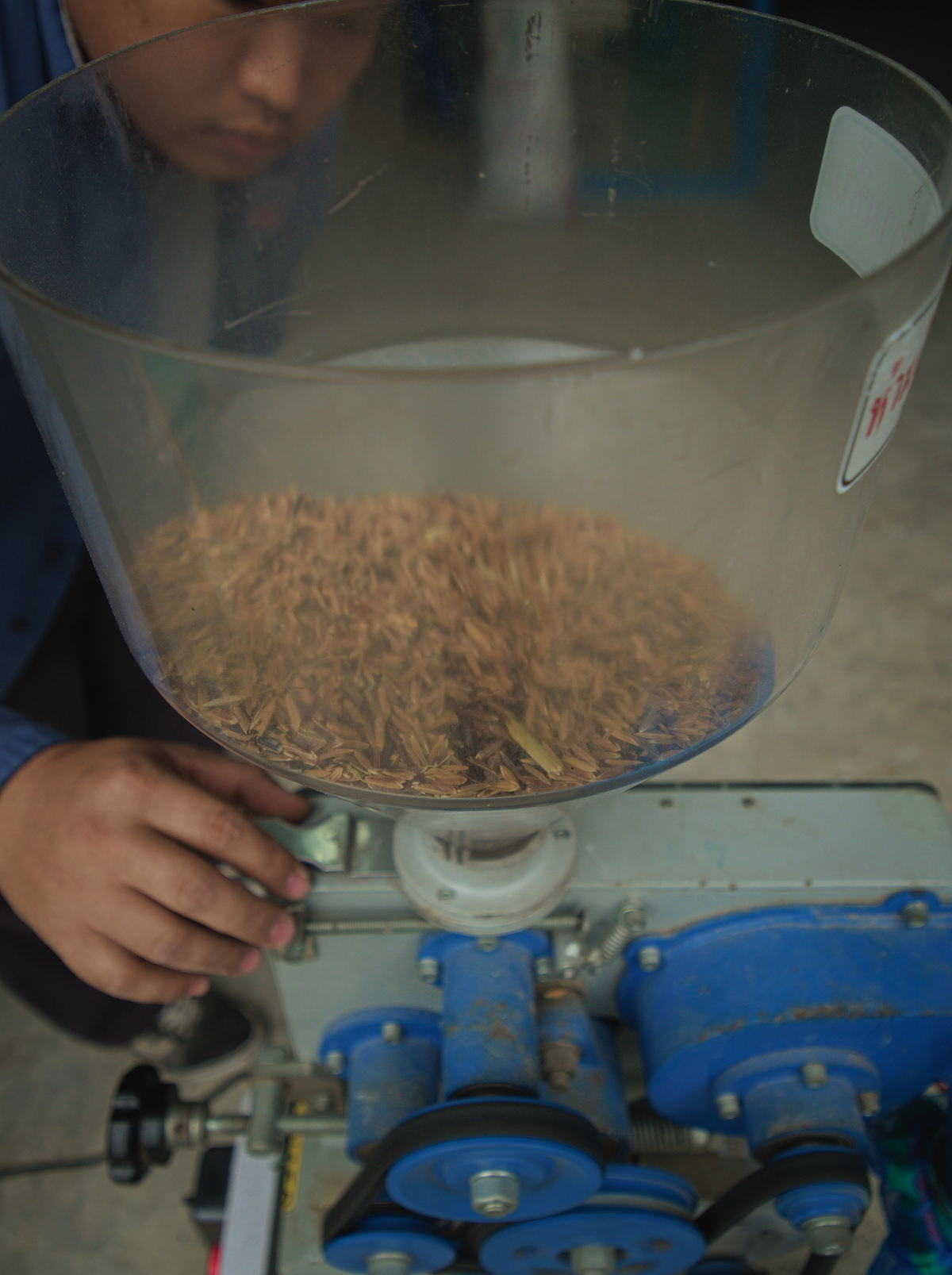
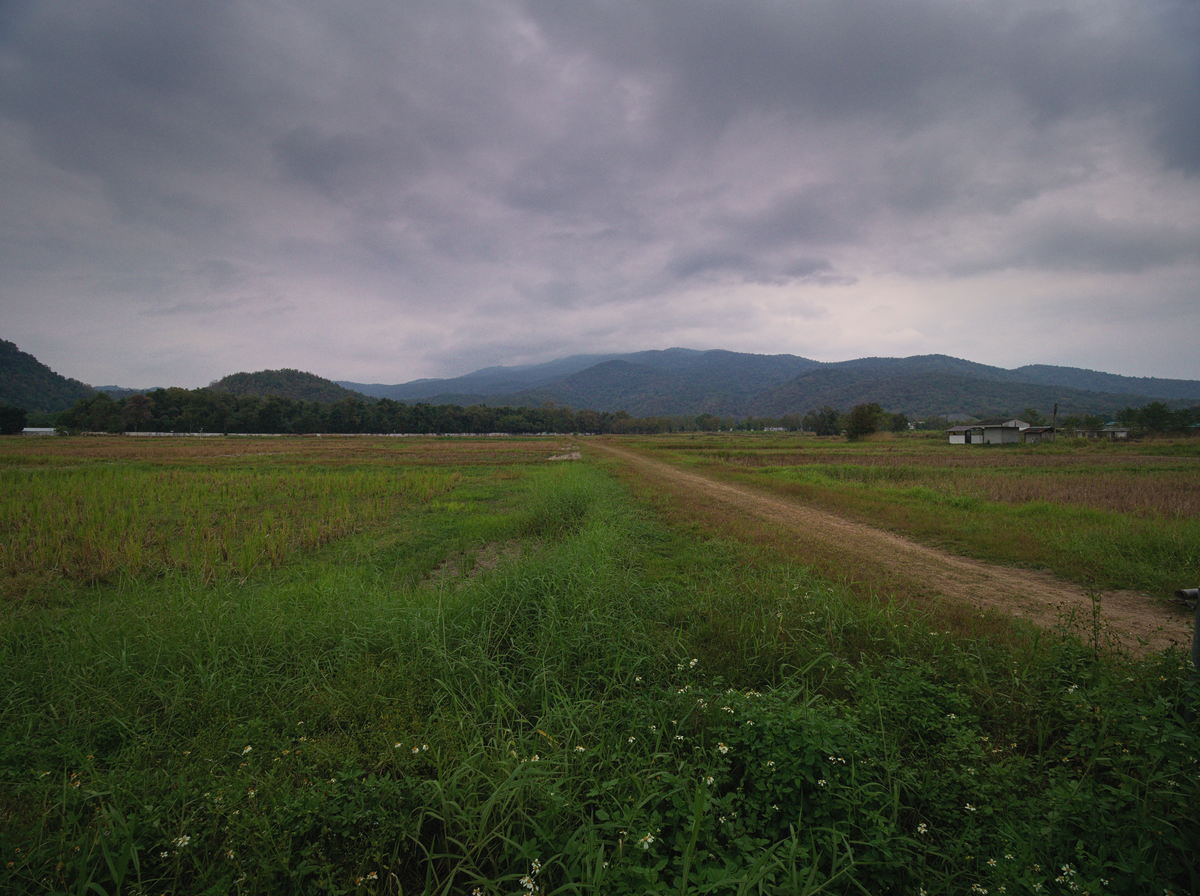
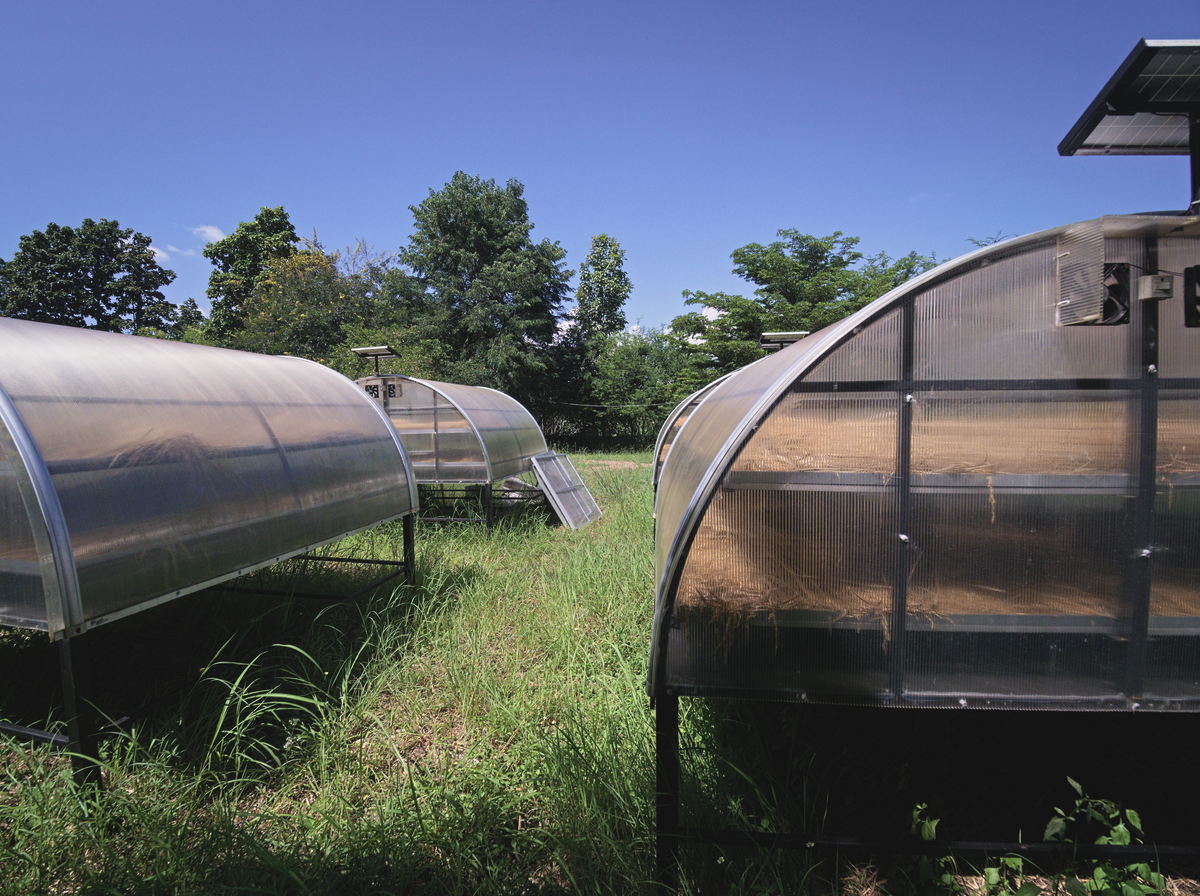
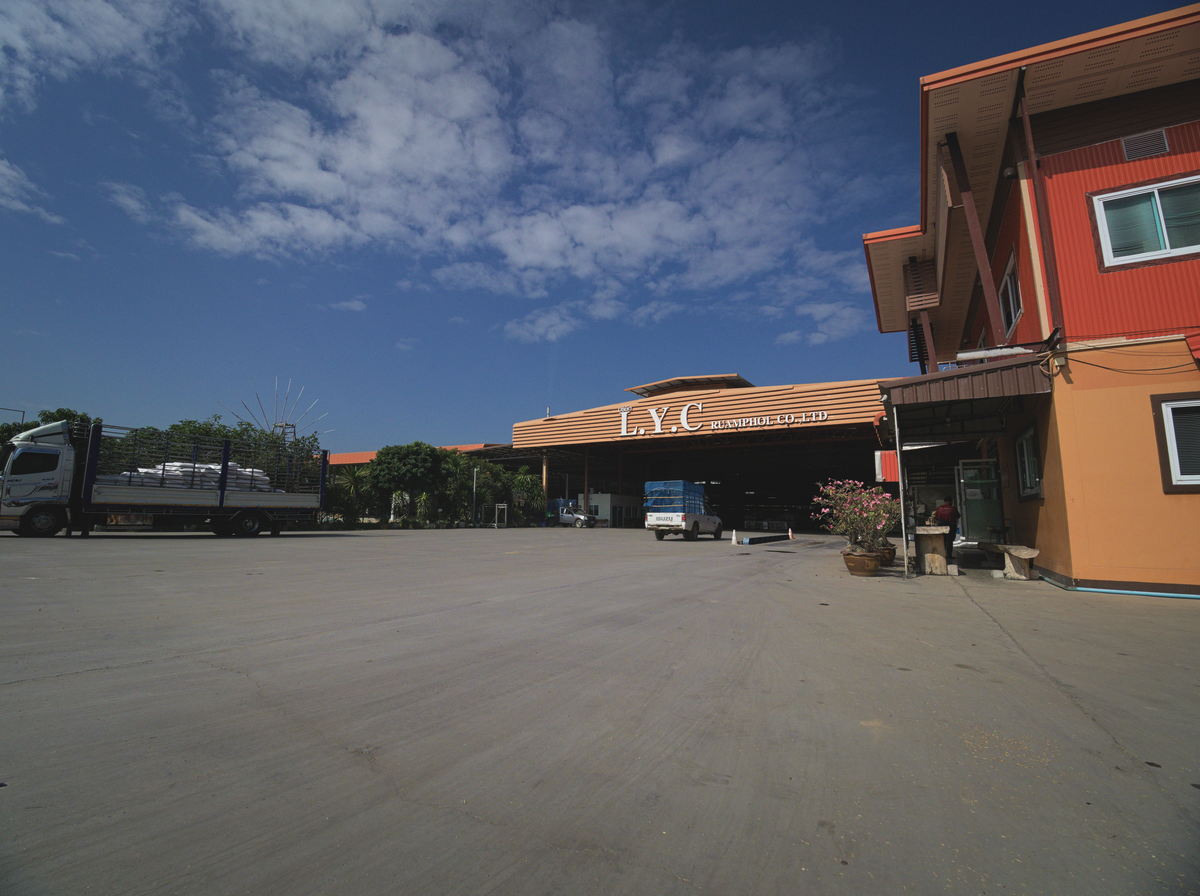
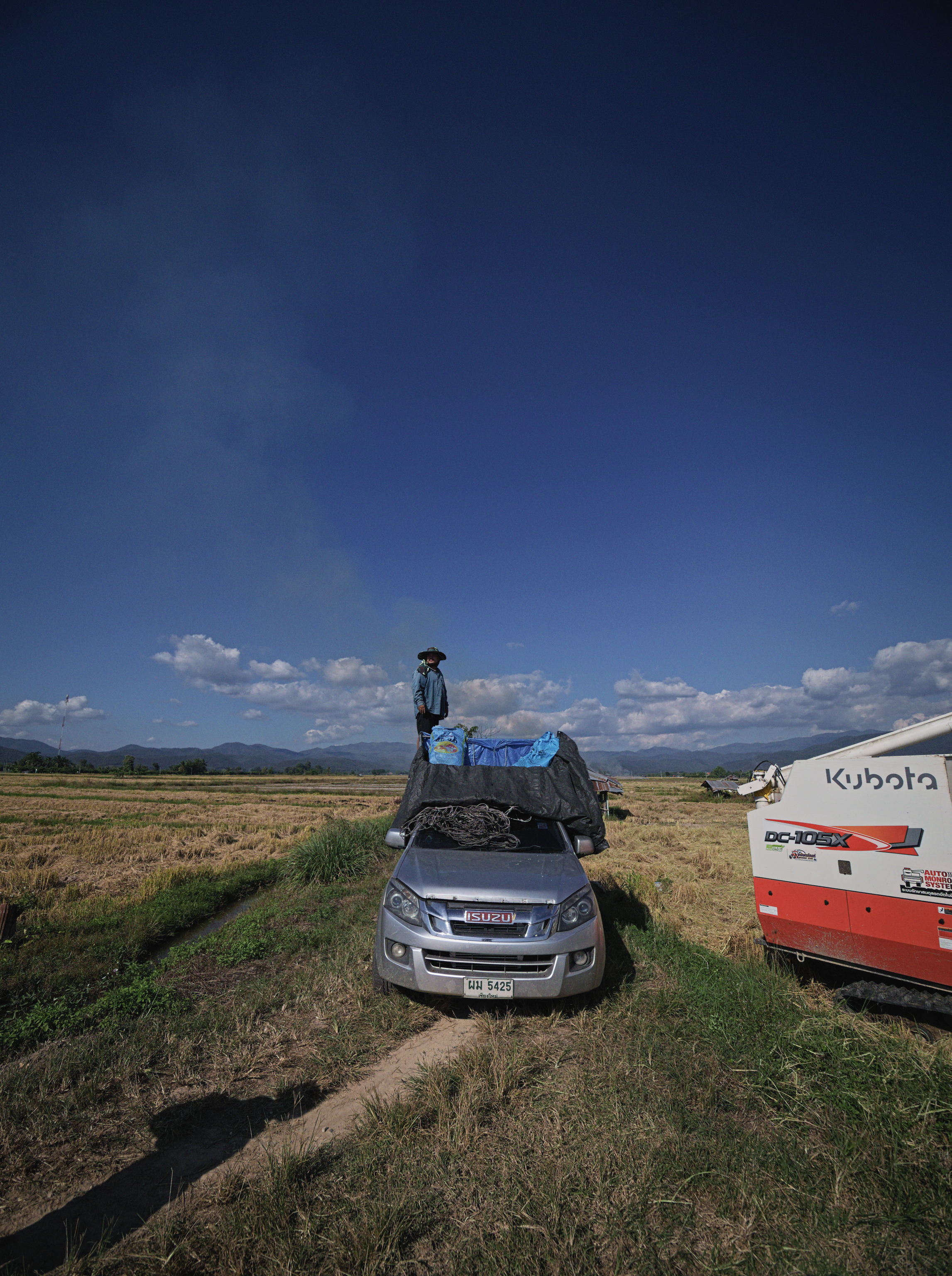
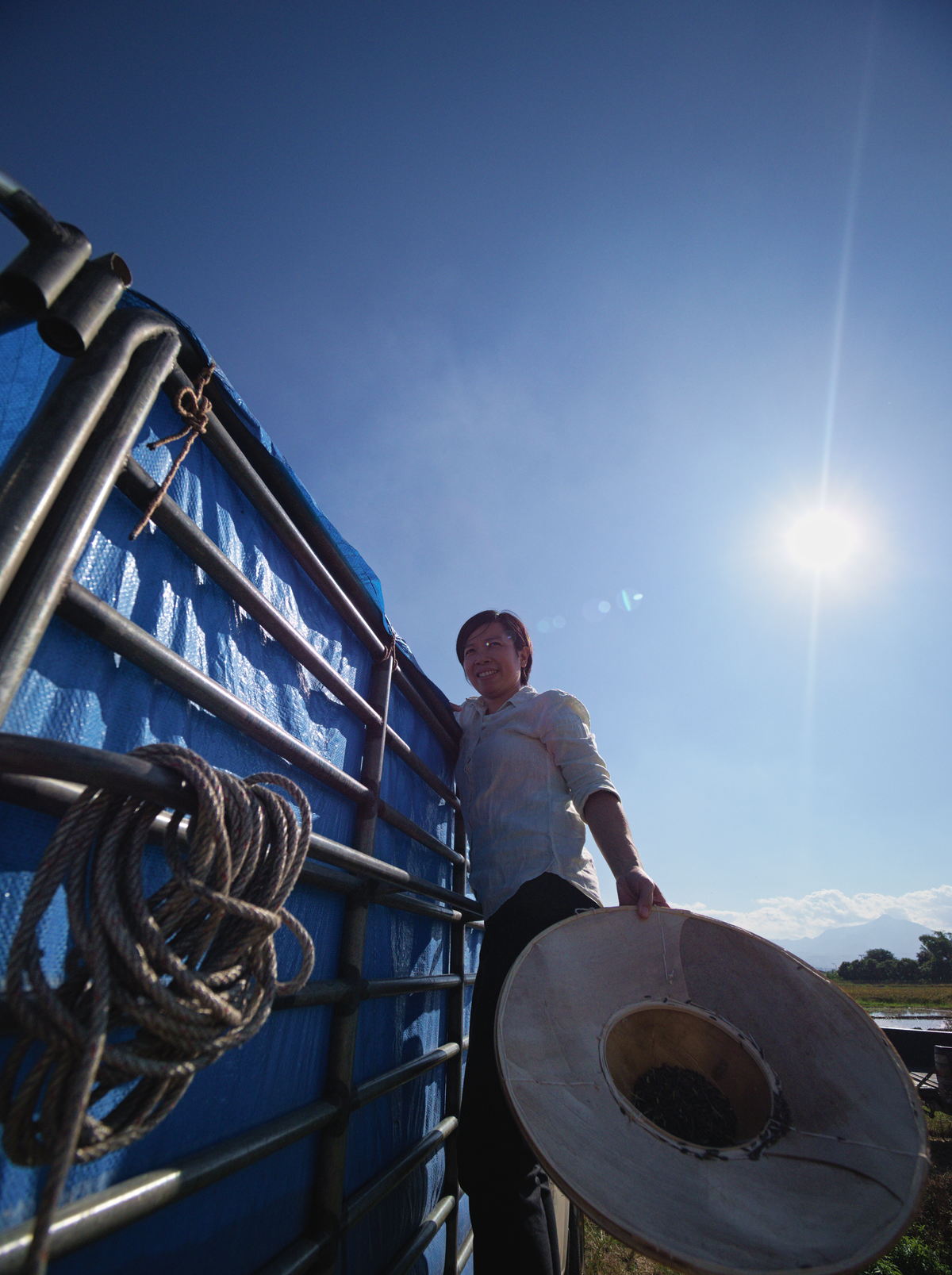
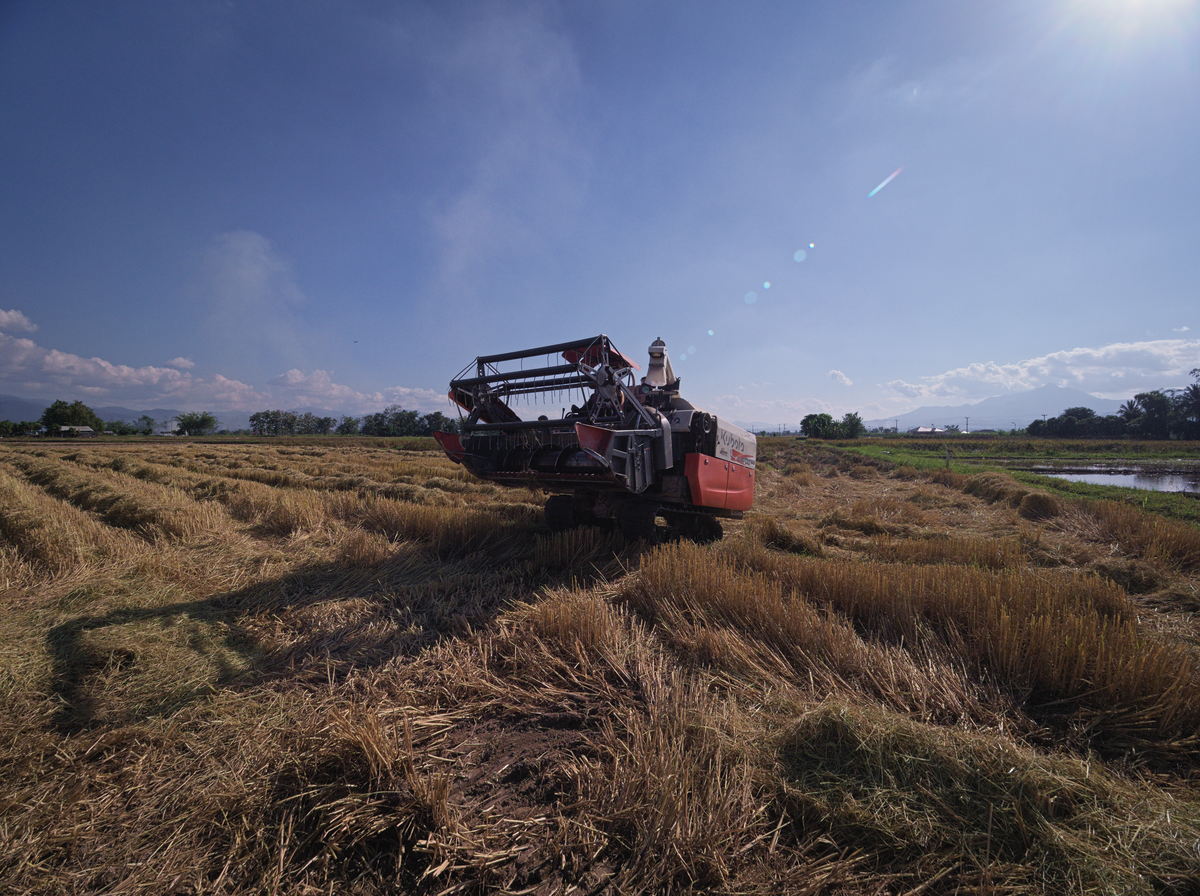
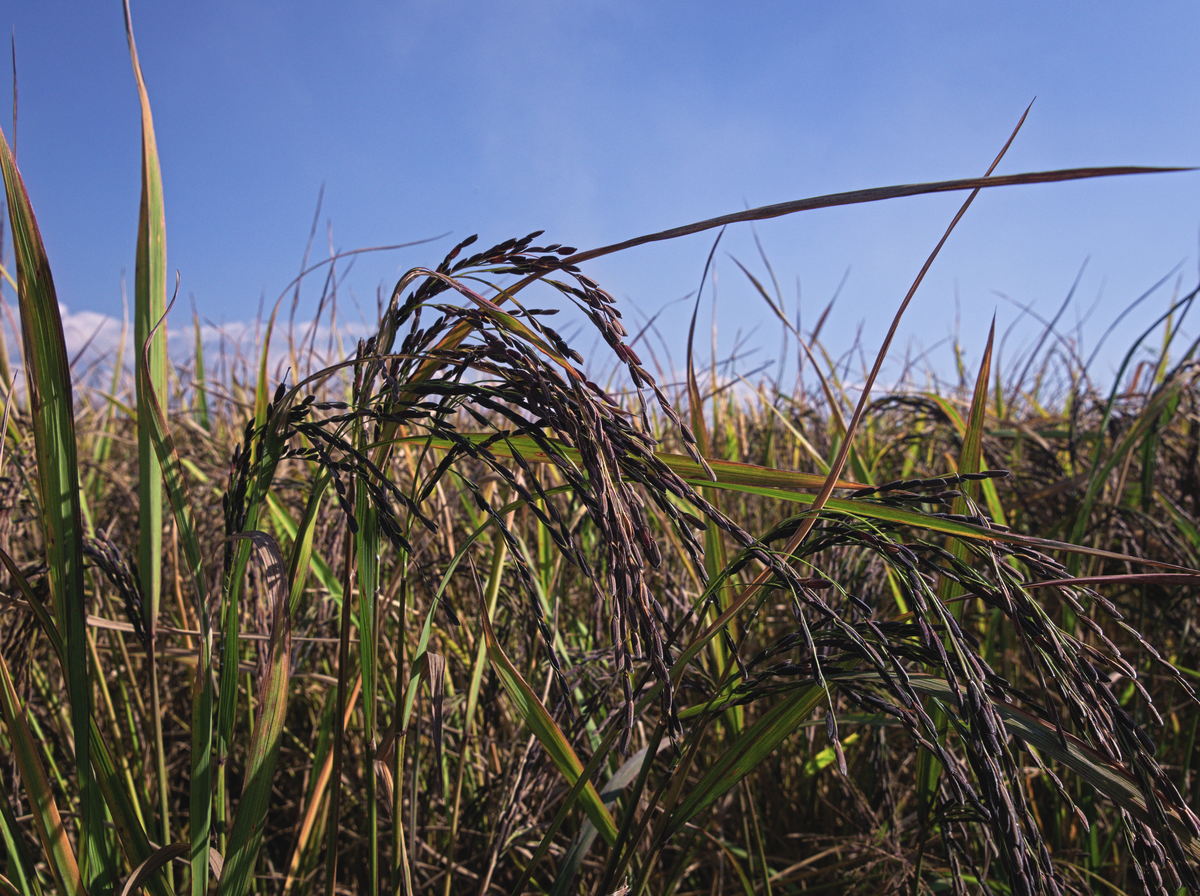
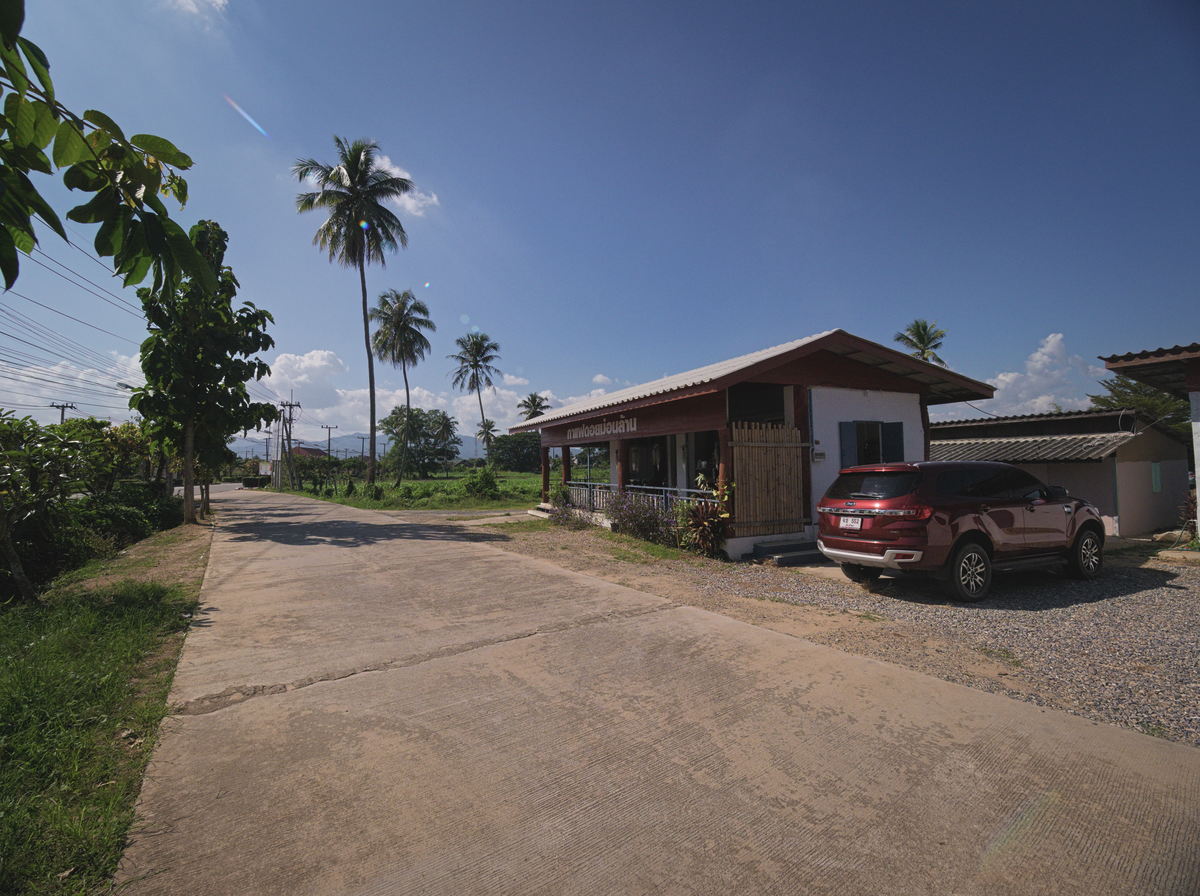
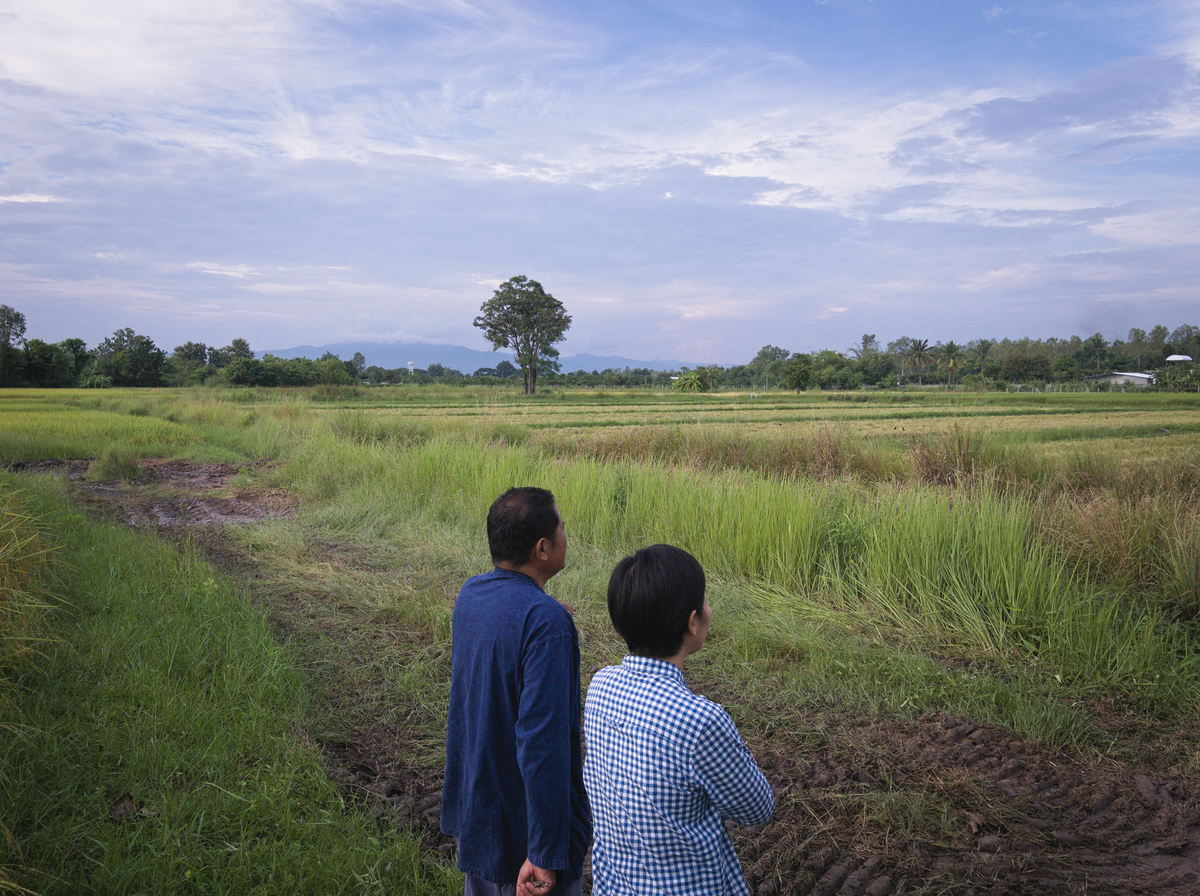
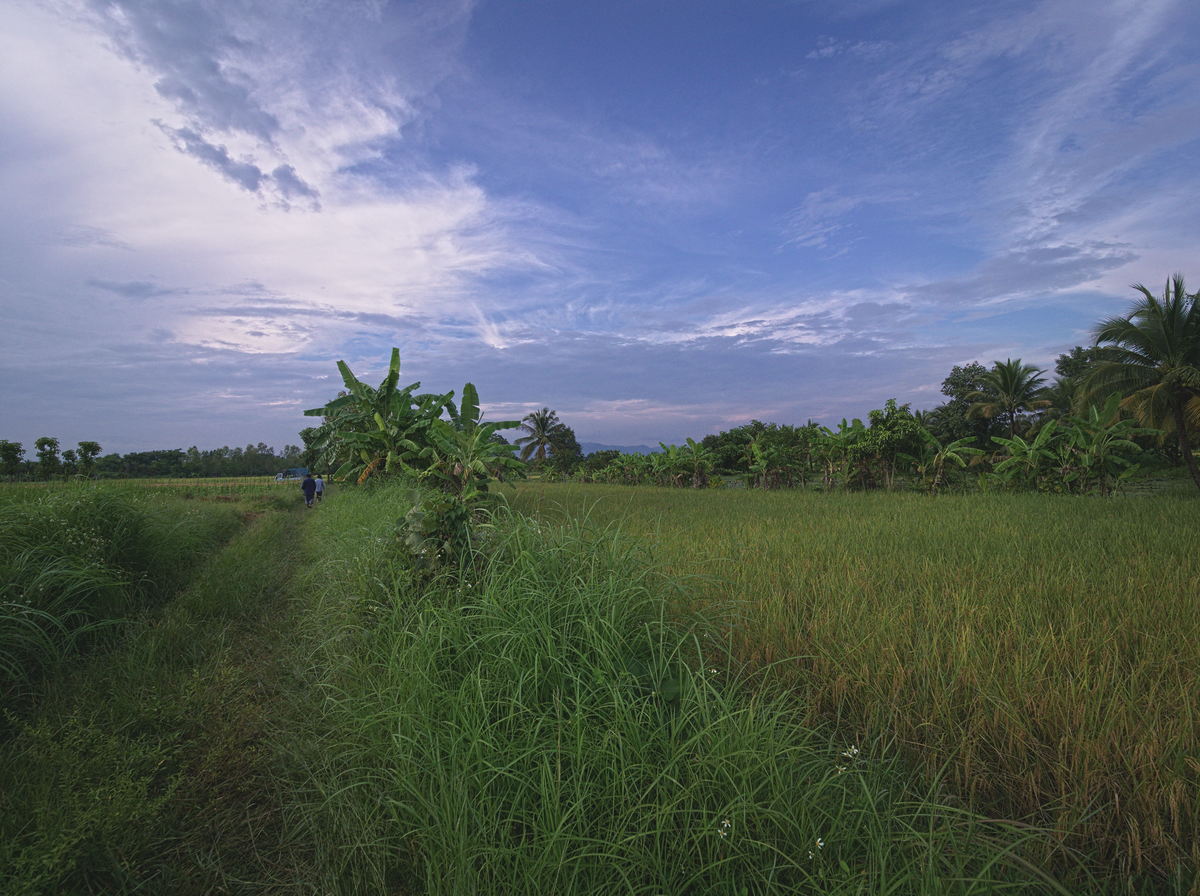
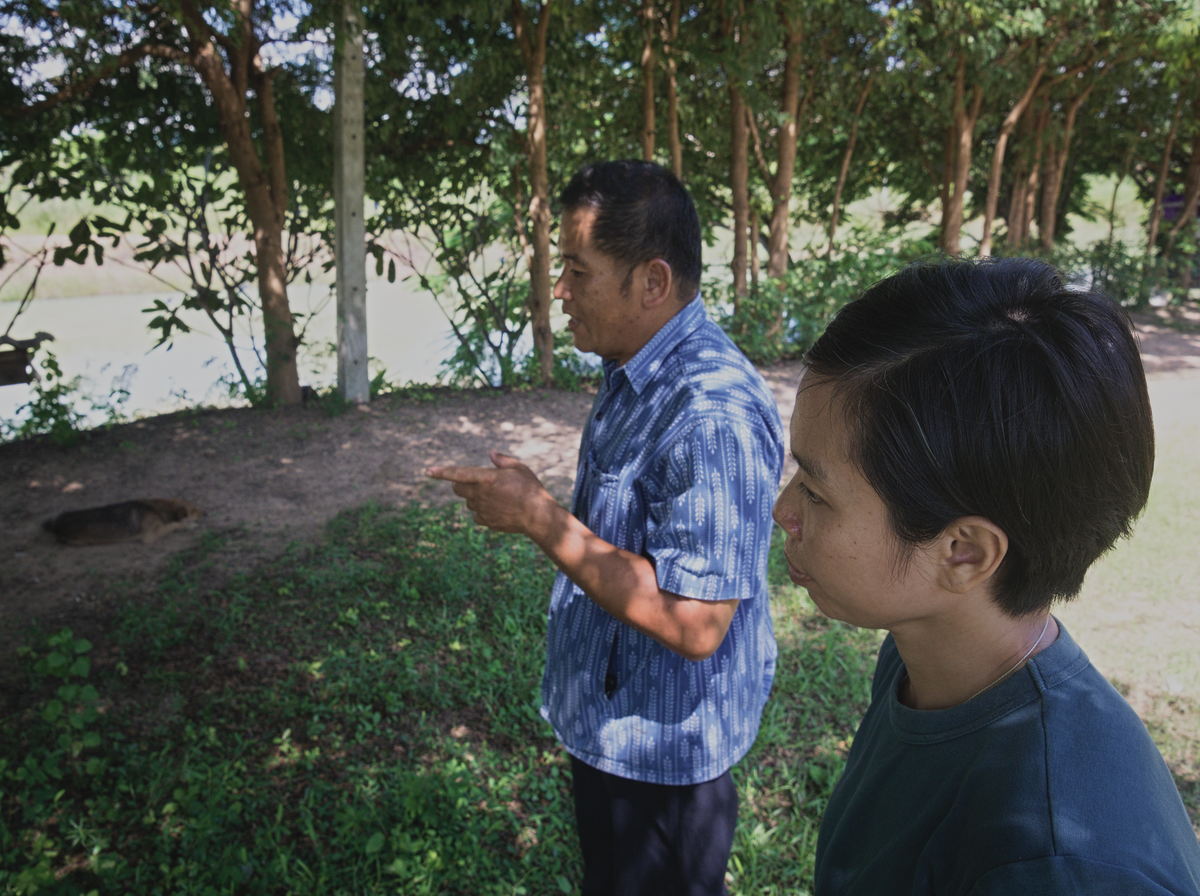
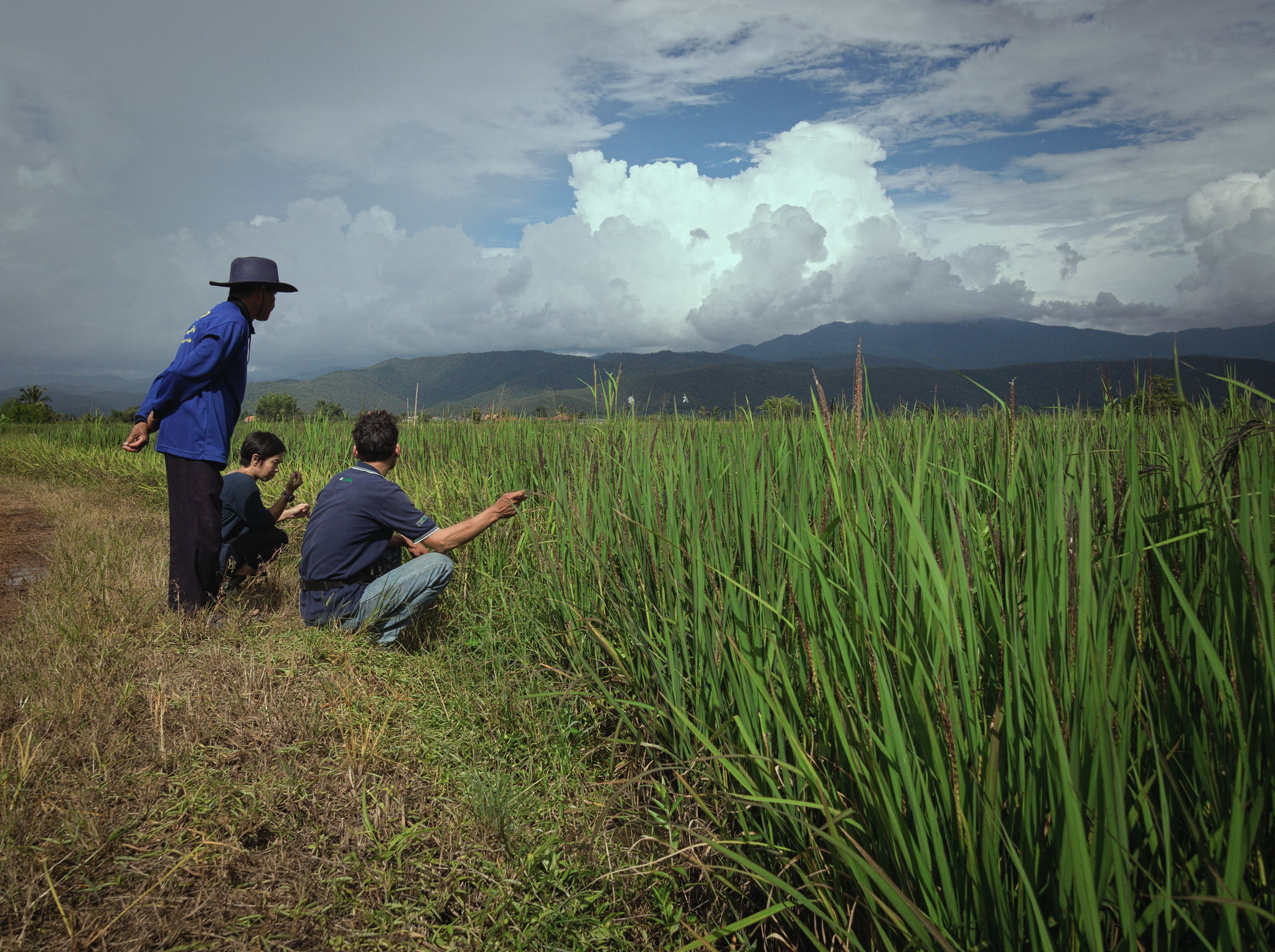
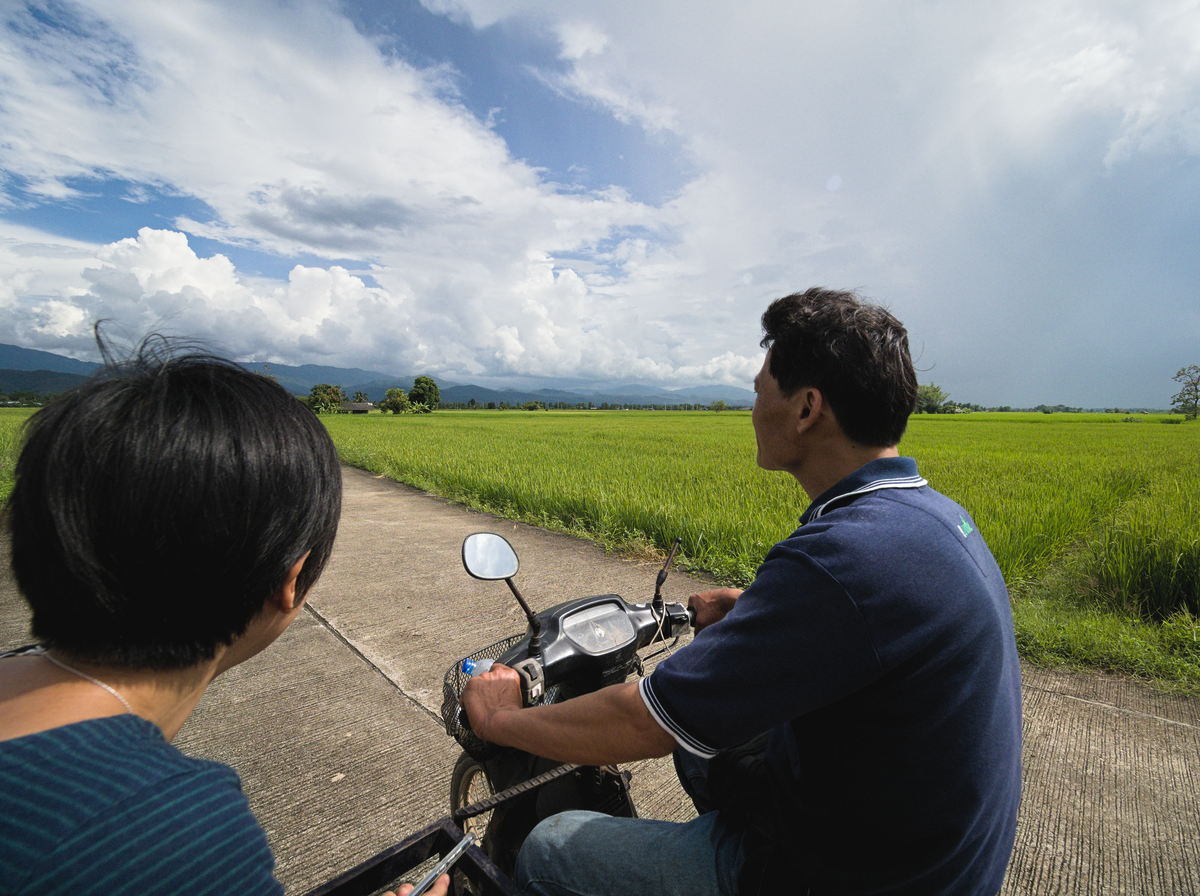
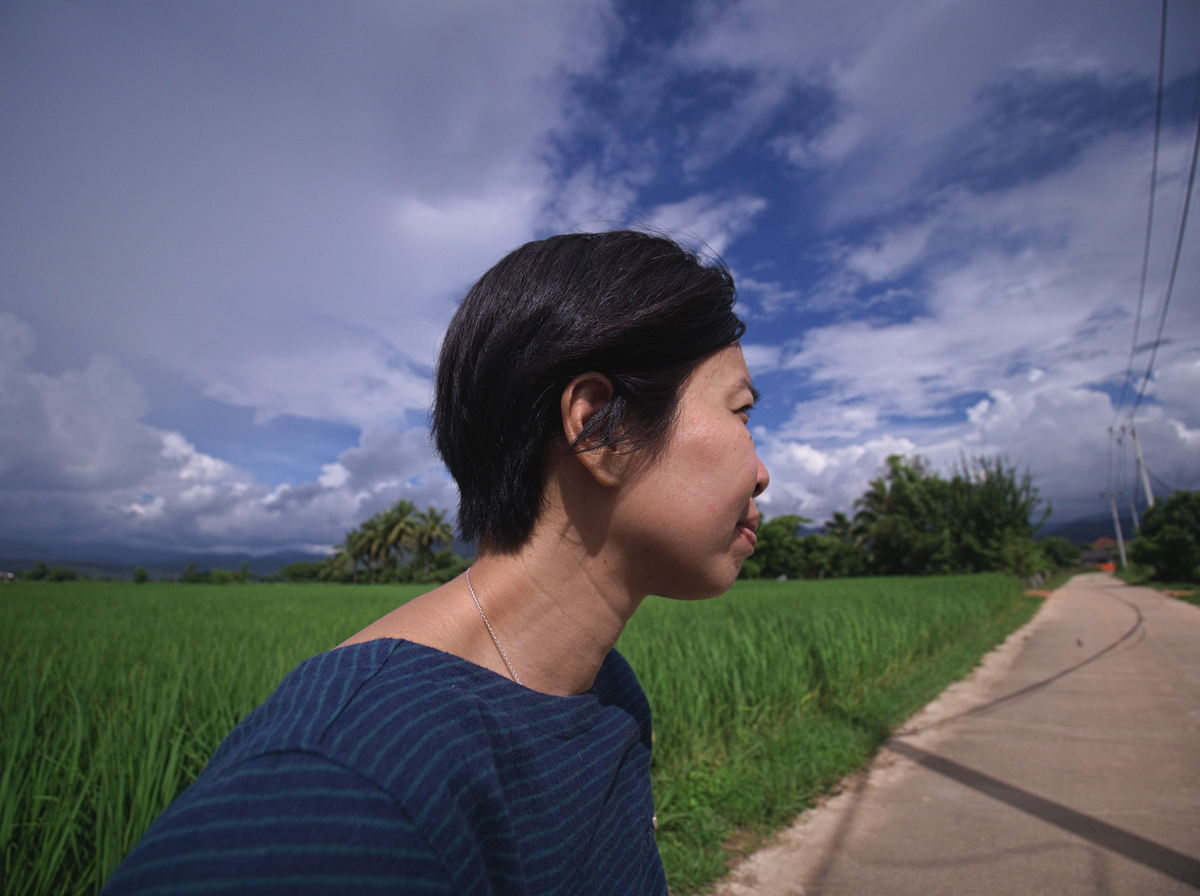
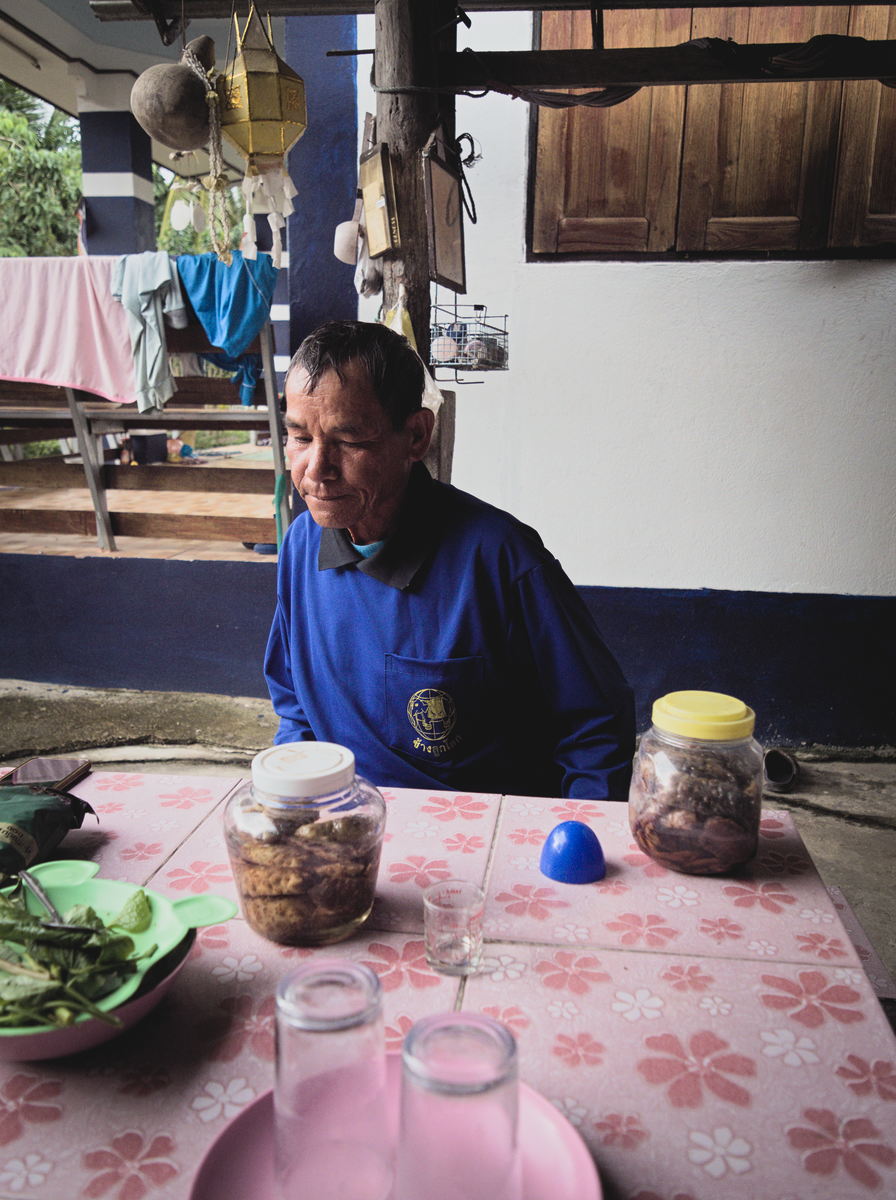
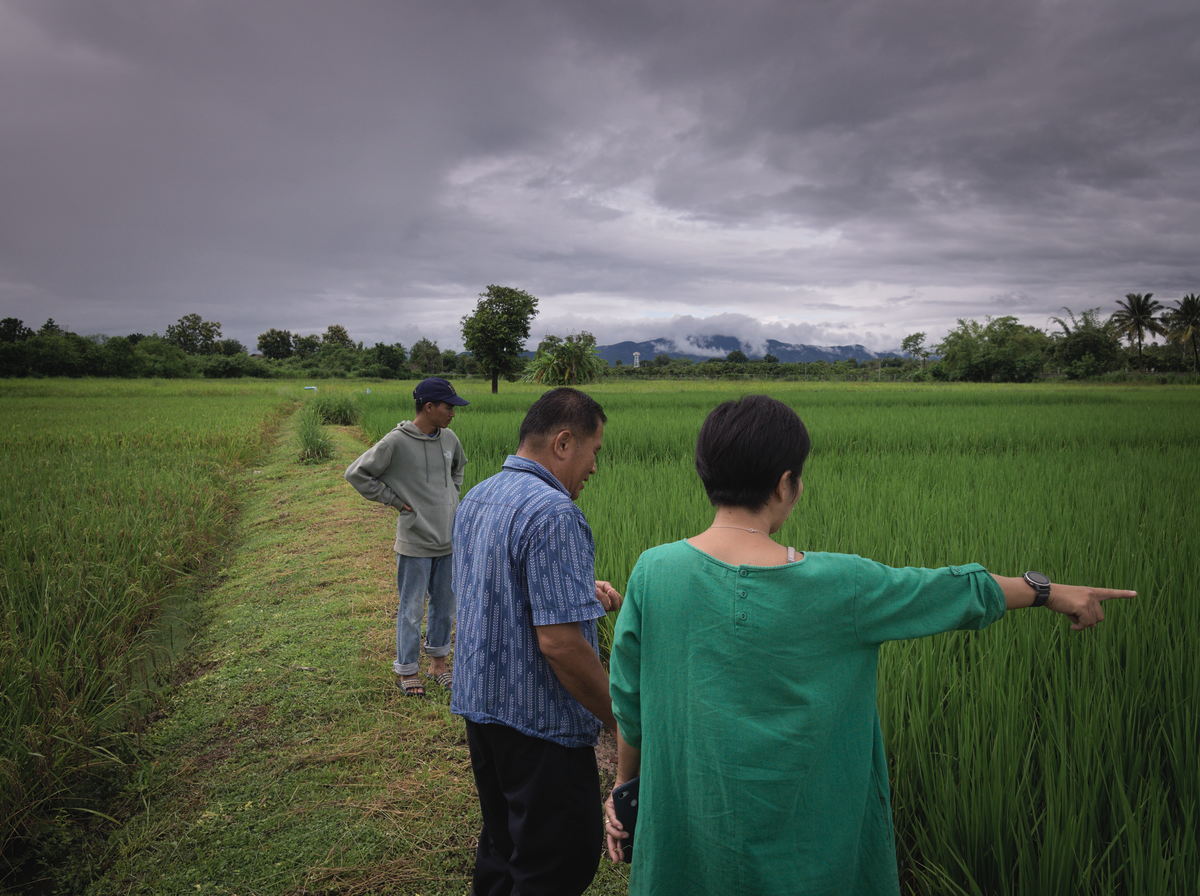
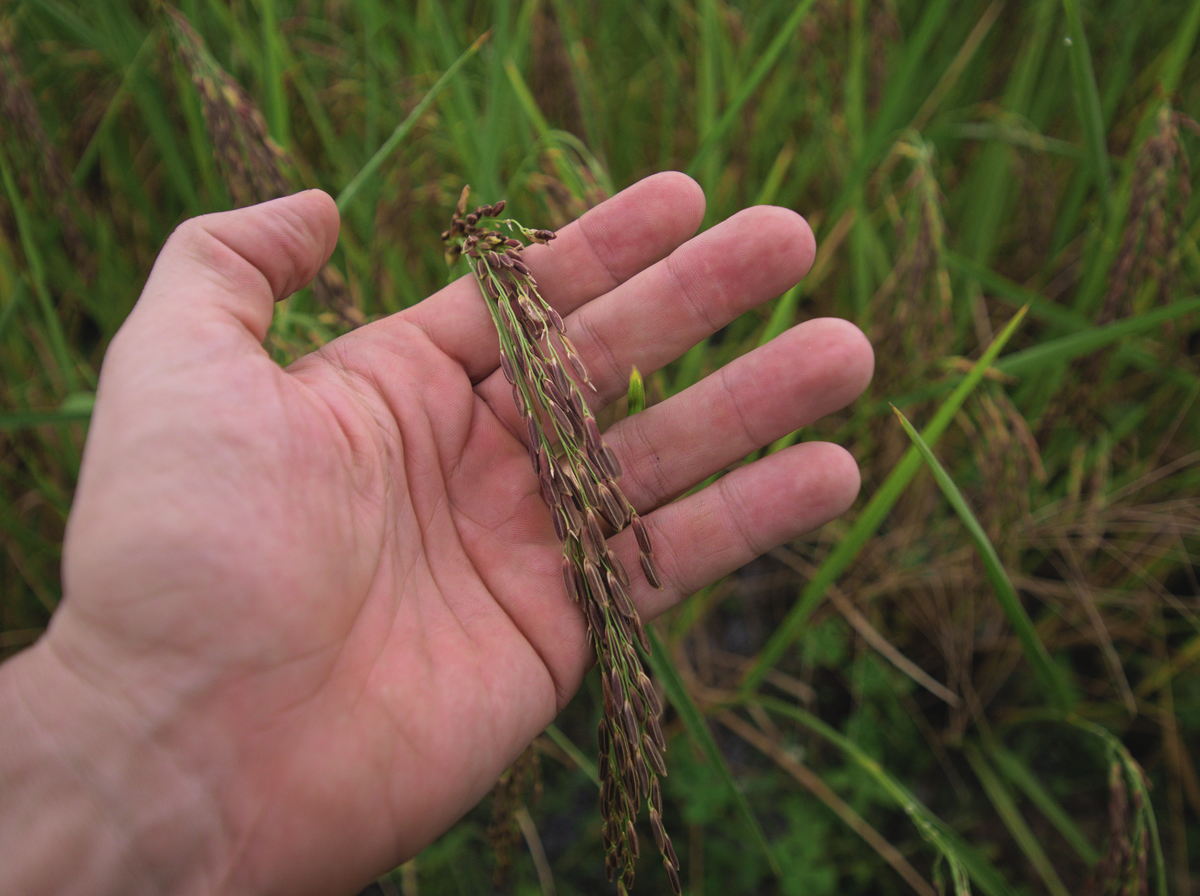
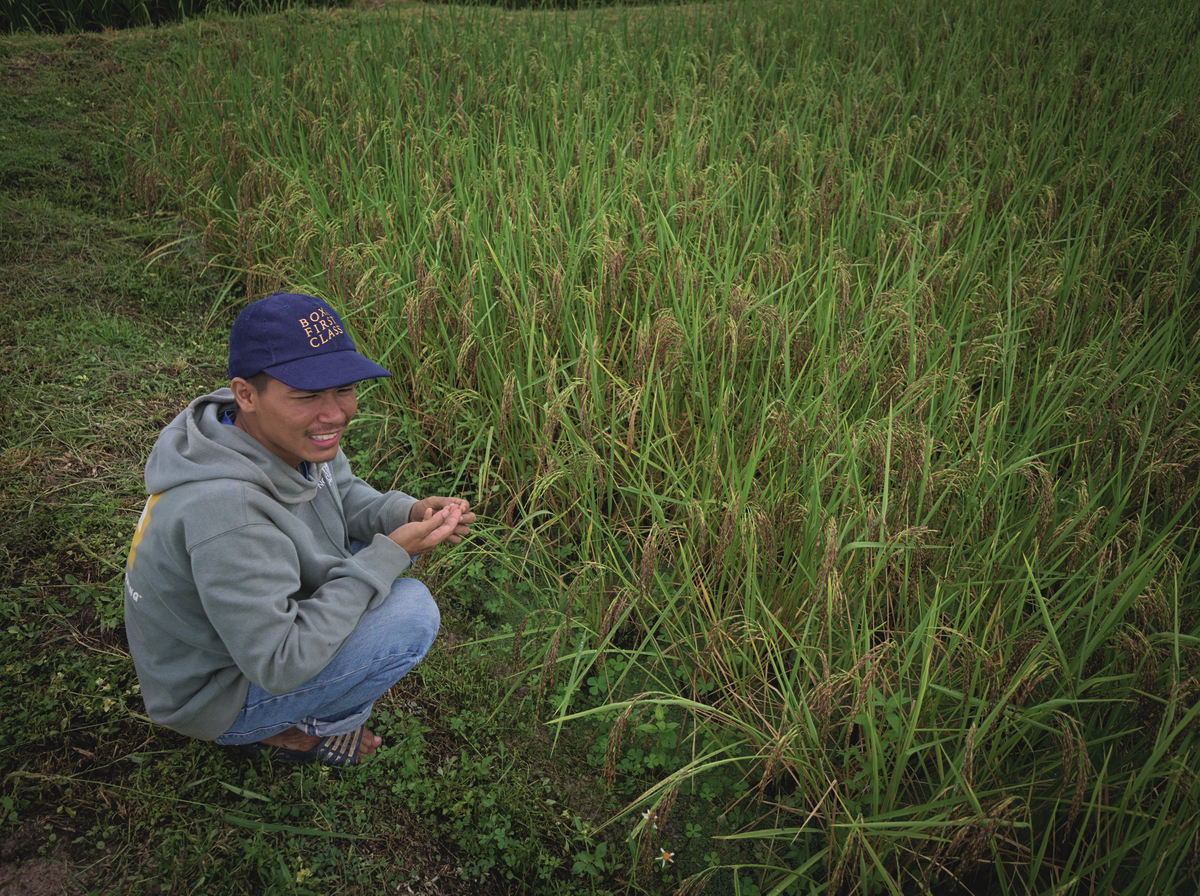
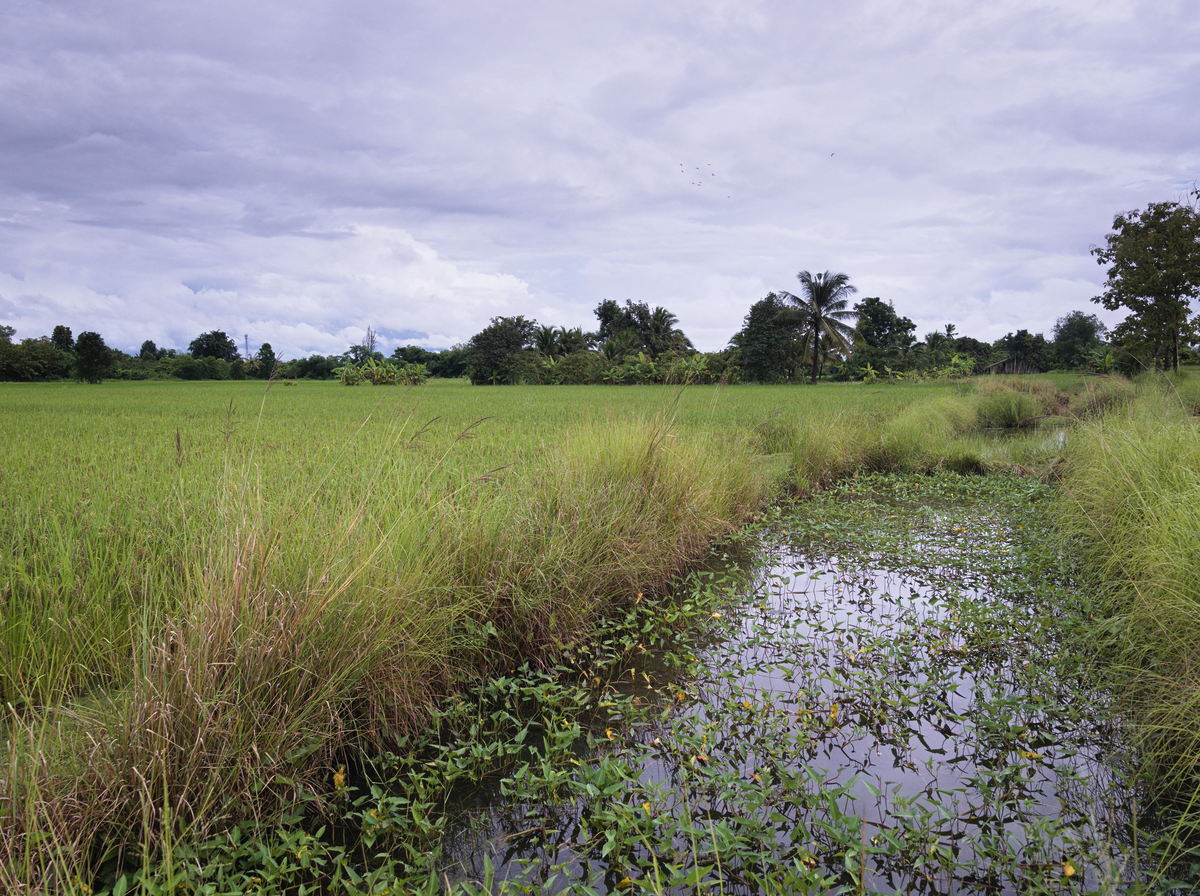
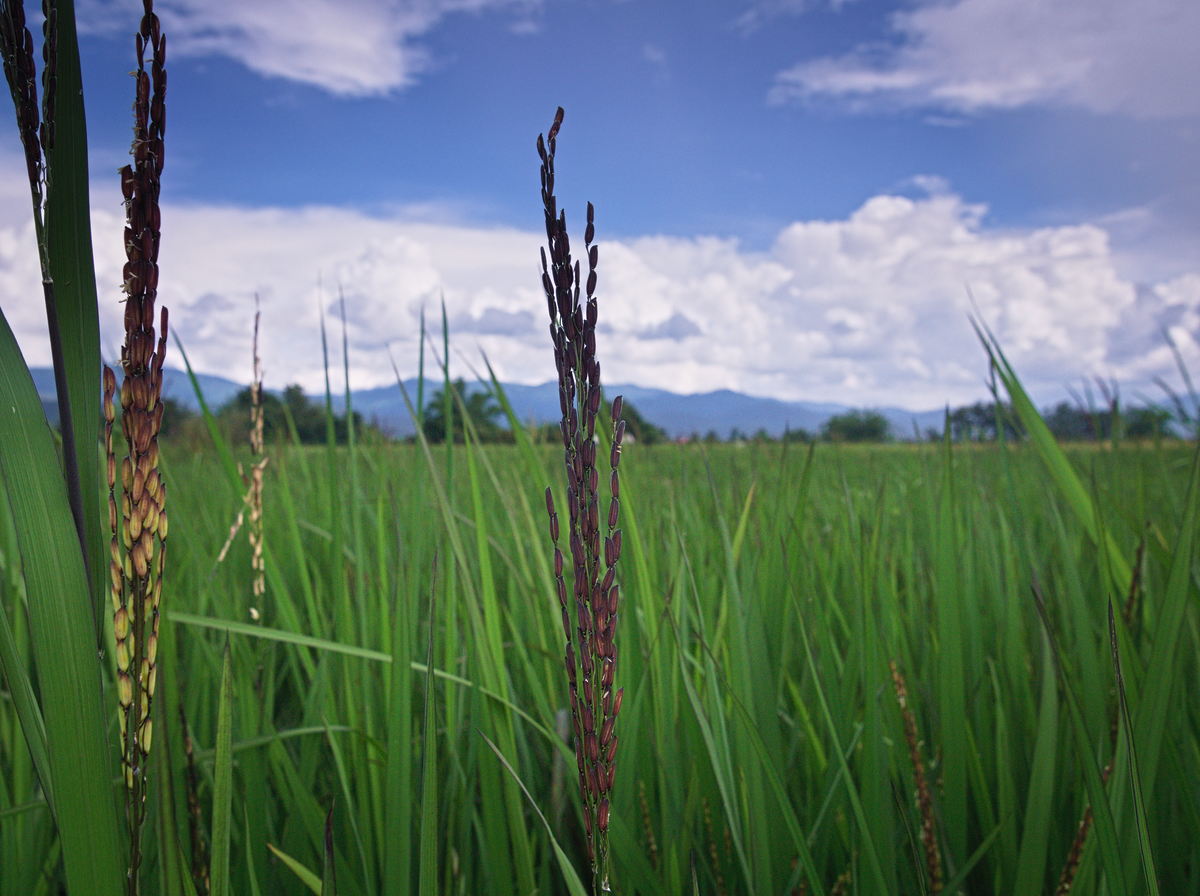
In October we performed a rapid agrochemical test for both our farmer group and lung Aram's rice, as well as an (organic + inorganic) arsenic screening test for lung Aram's rice.
All negative.
Alex
Selecting rice seeds from last year's harvest, a traditional practice over 5,000 years old.
Some years seeds, saved by other rice growing sites, are thrown in (to expand the gene pool). Over the years I've witnessed that this makes very strong crop yields.
A couple of photos show three generations at work, all relatives. The one with the yellow-green shirt, is p' Samred (Mr Successful in English), one of our core farmers, and a nephew of Boonlerd, whom we've been working with since the start.
After work, we get to to some homemade rice whisky, another tradition that I am fond of ..
Alex
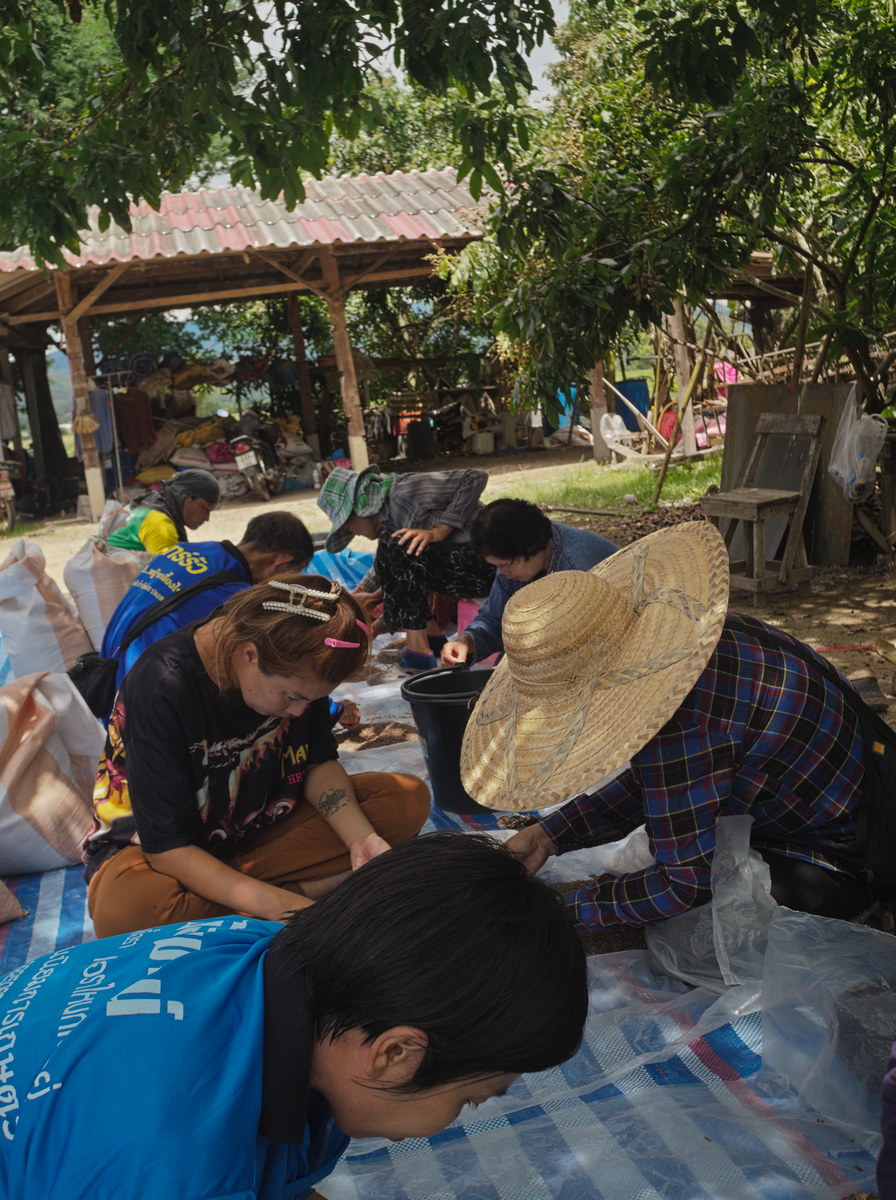
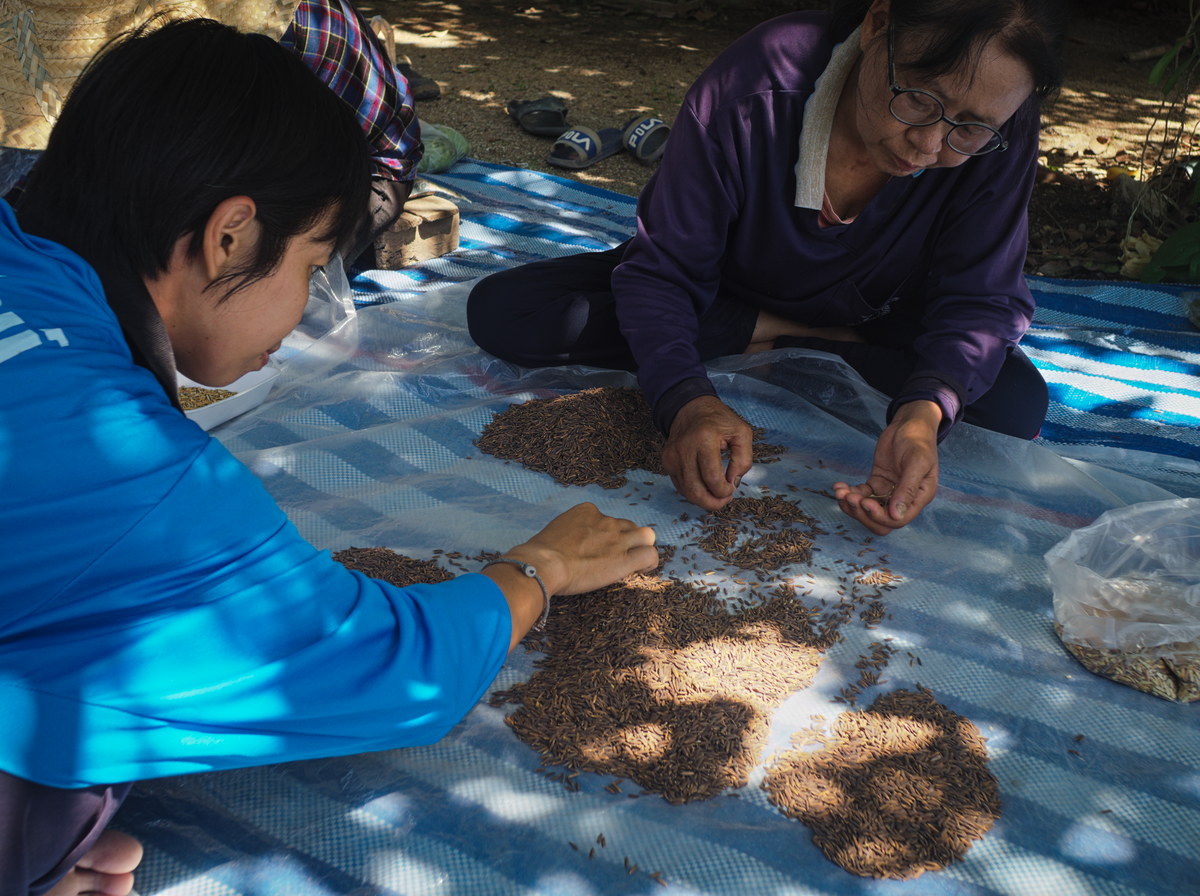
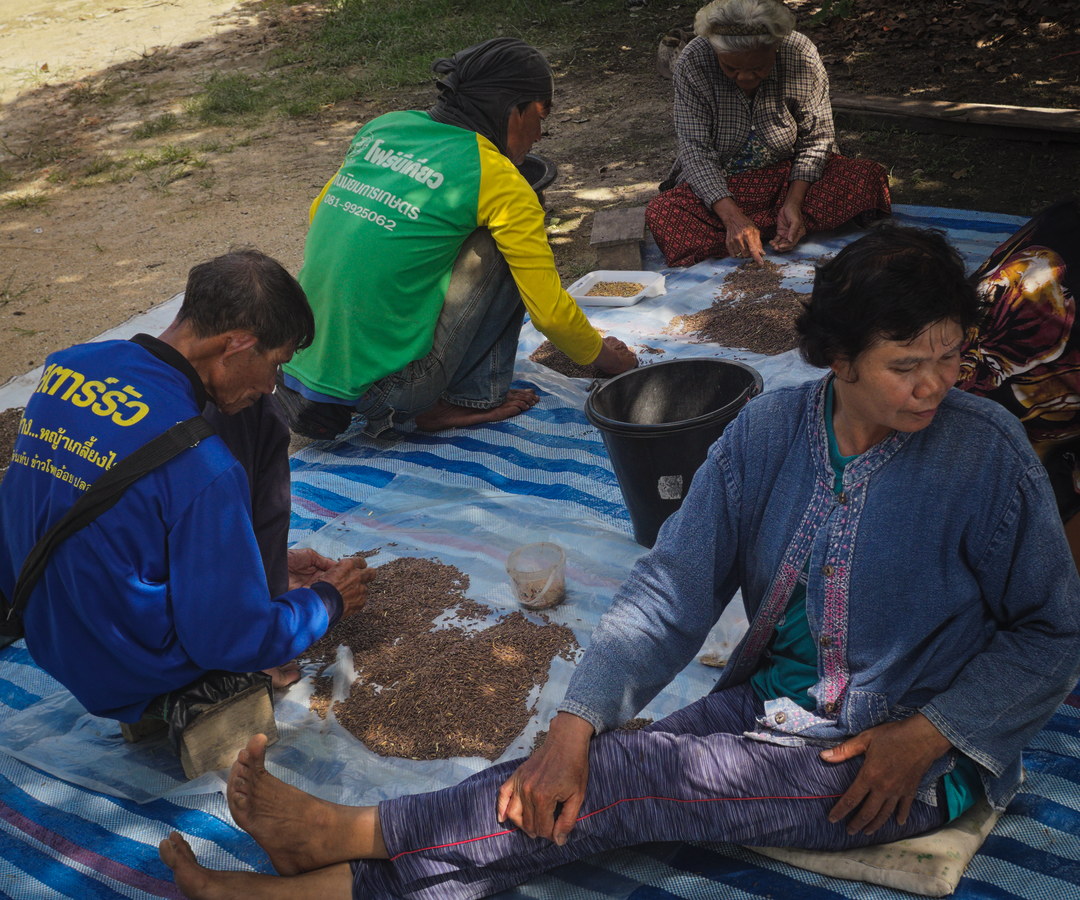
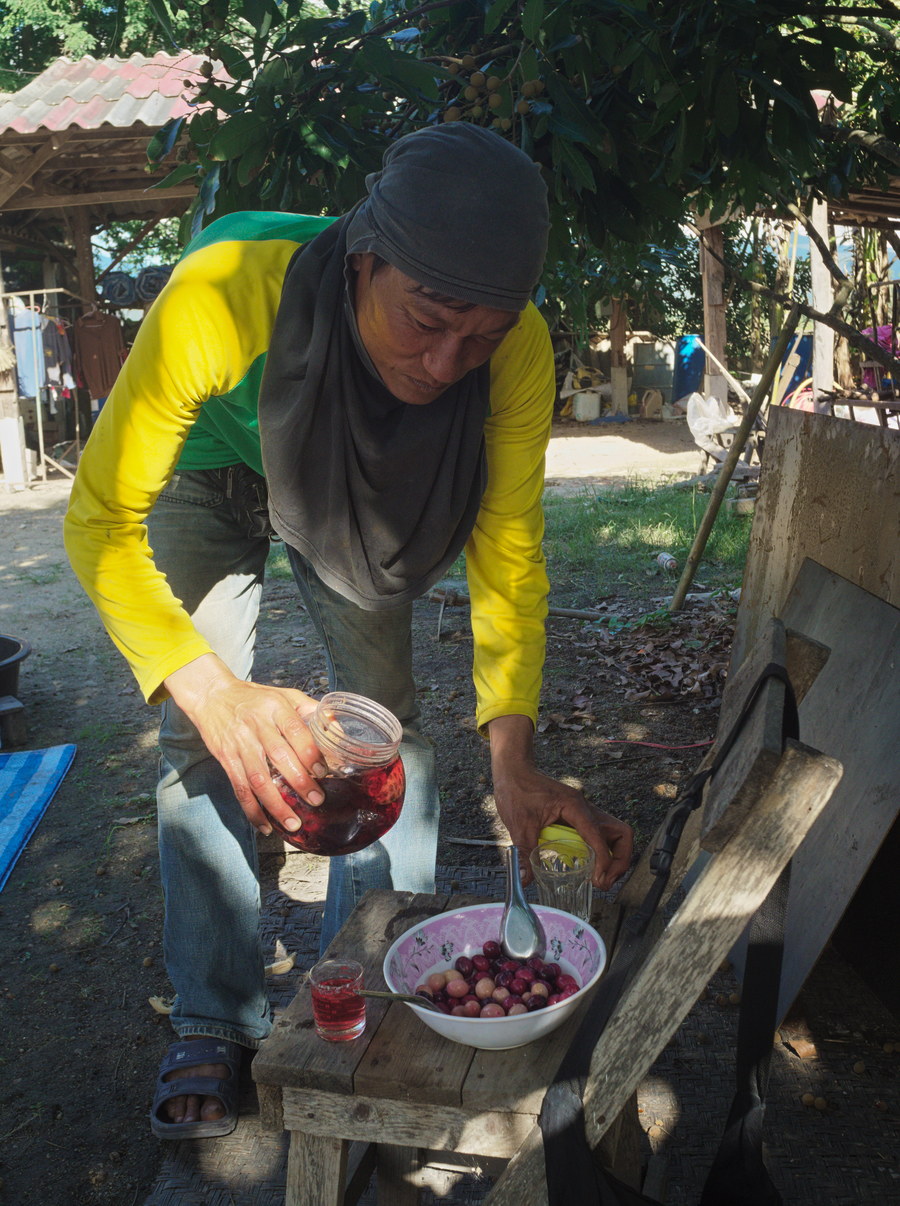
Got our own land in Phrao, a 5 minutes walk to our farmers!
Over the next 5 years we'll be building our own farm.
Photos taken from our land.
Alex
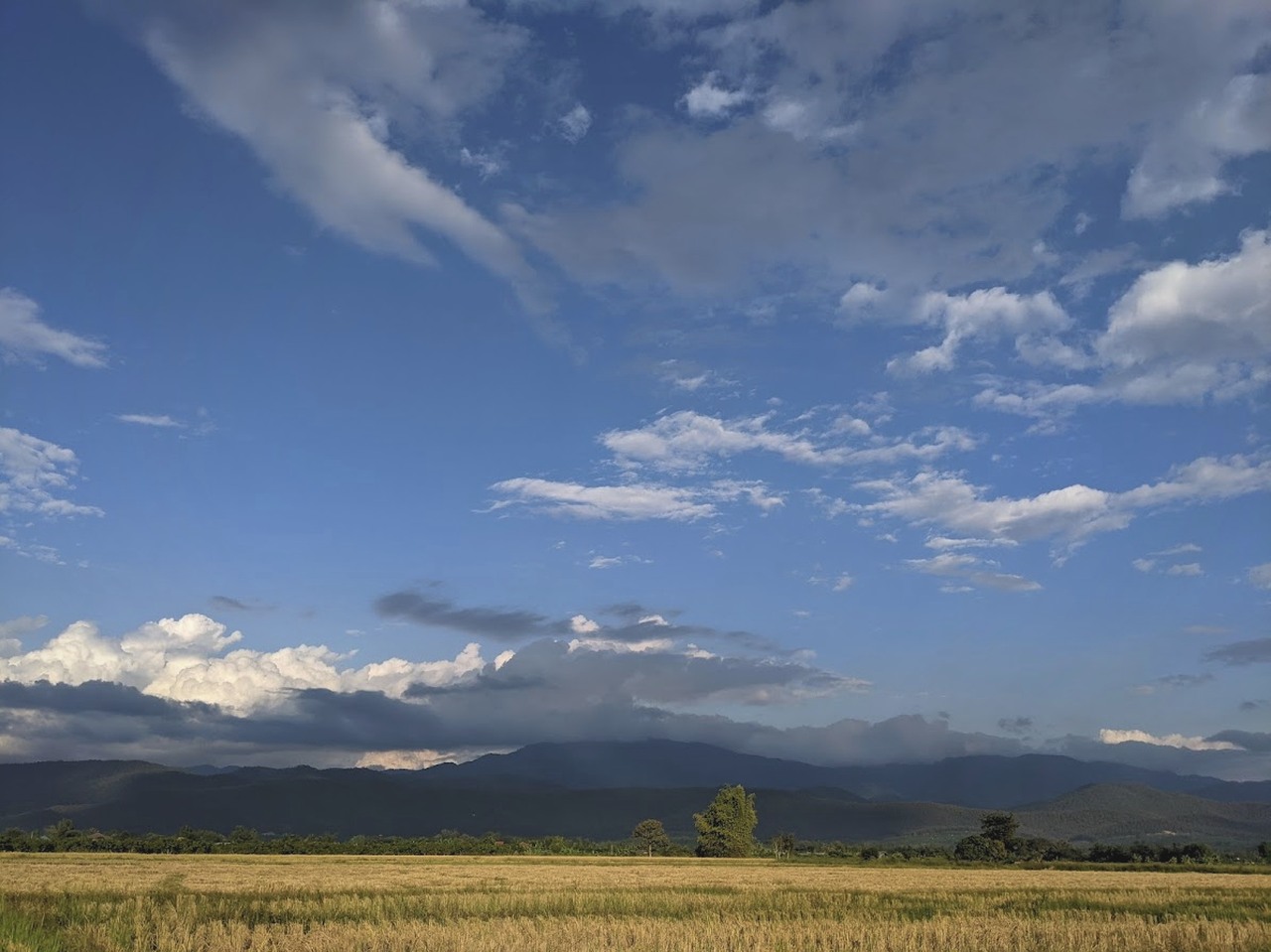
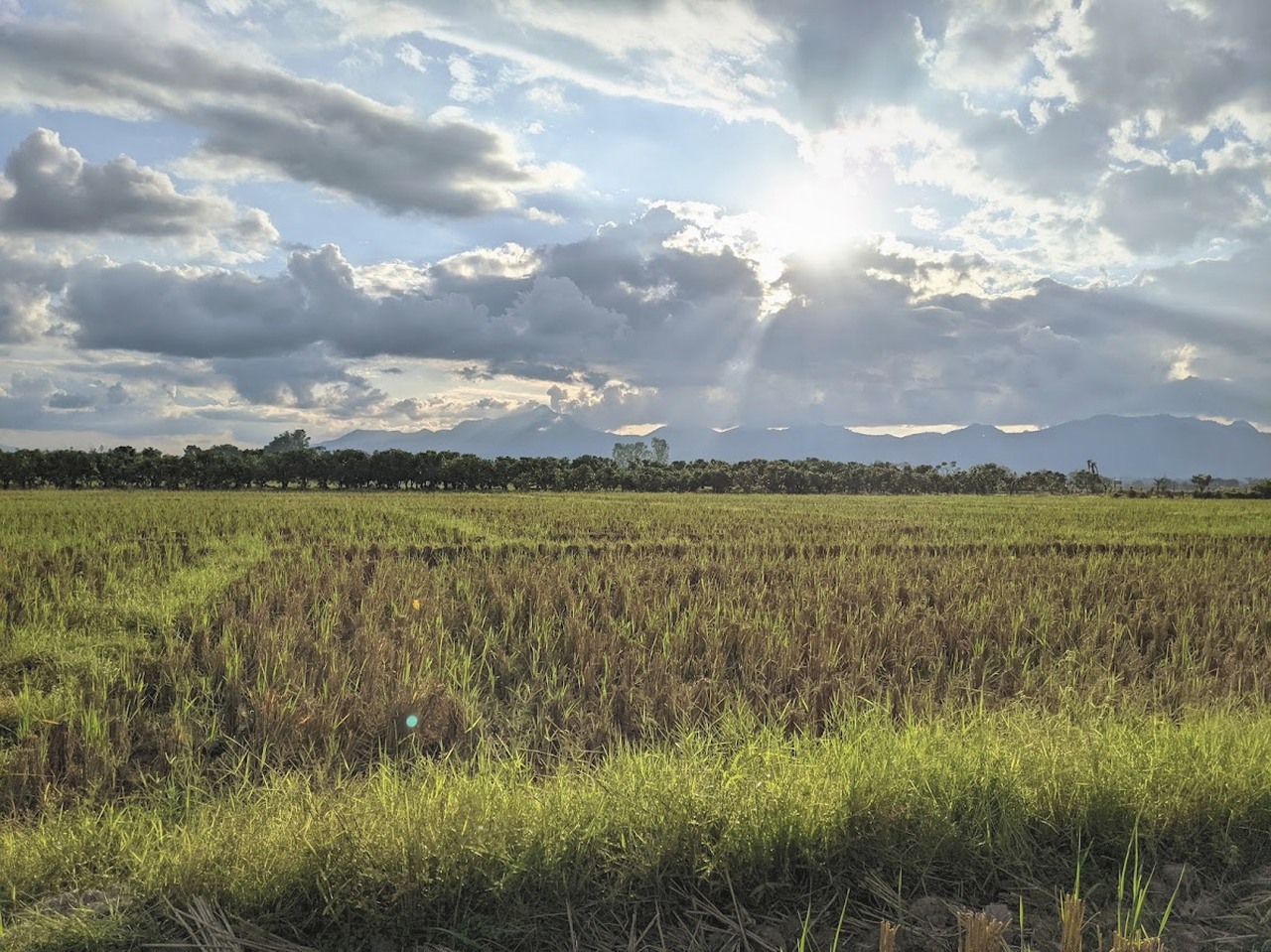
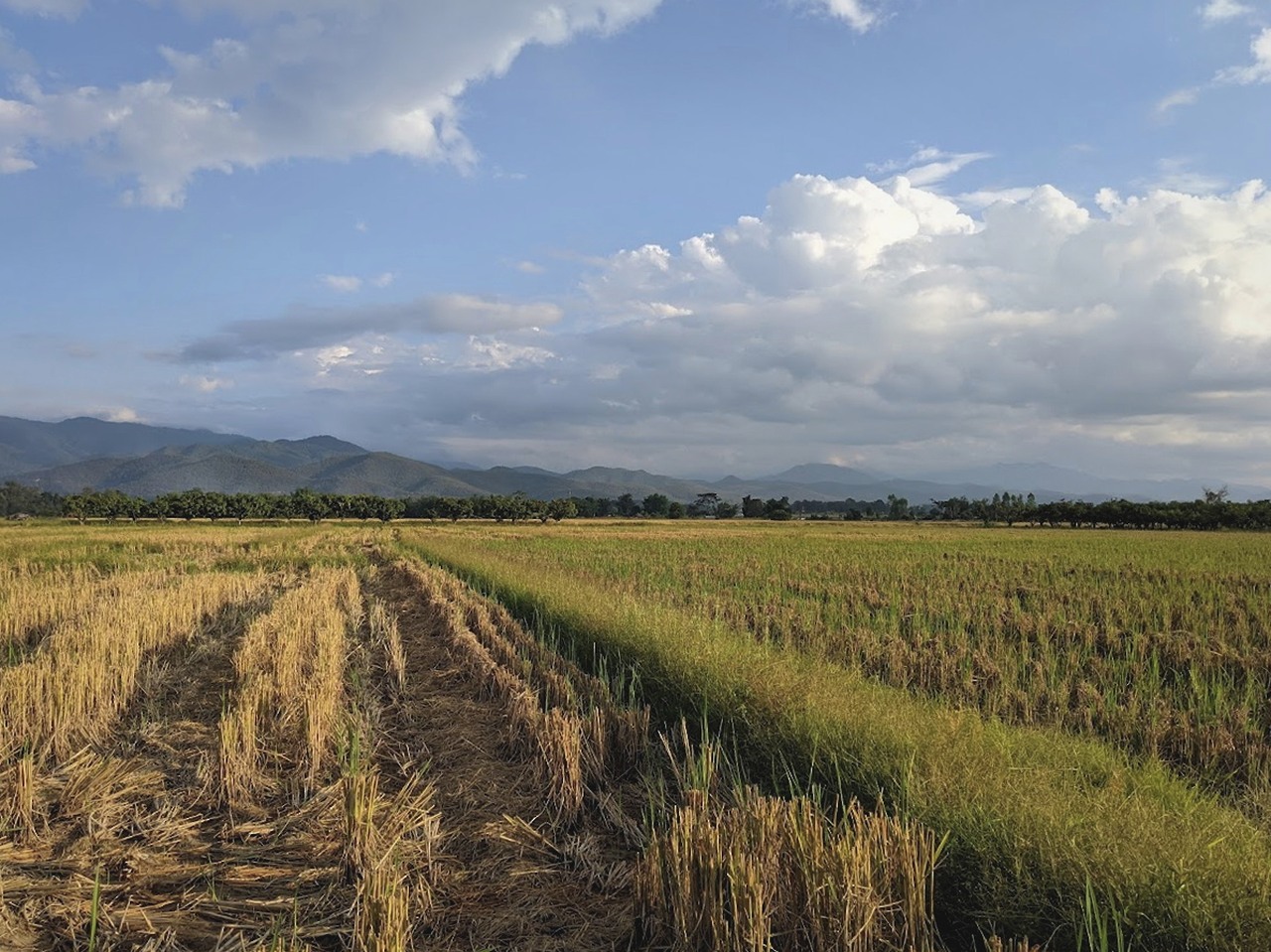
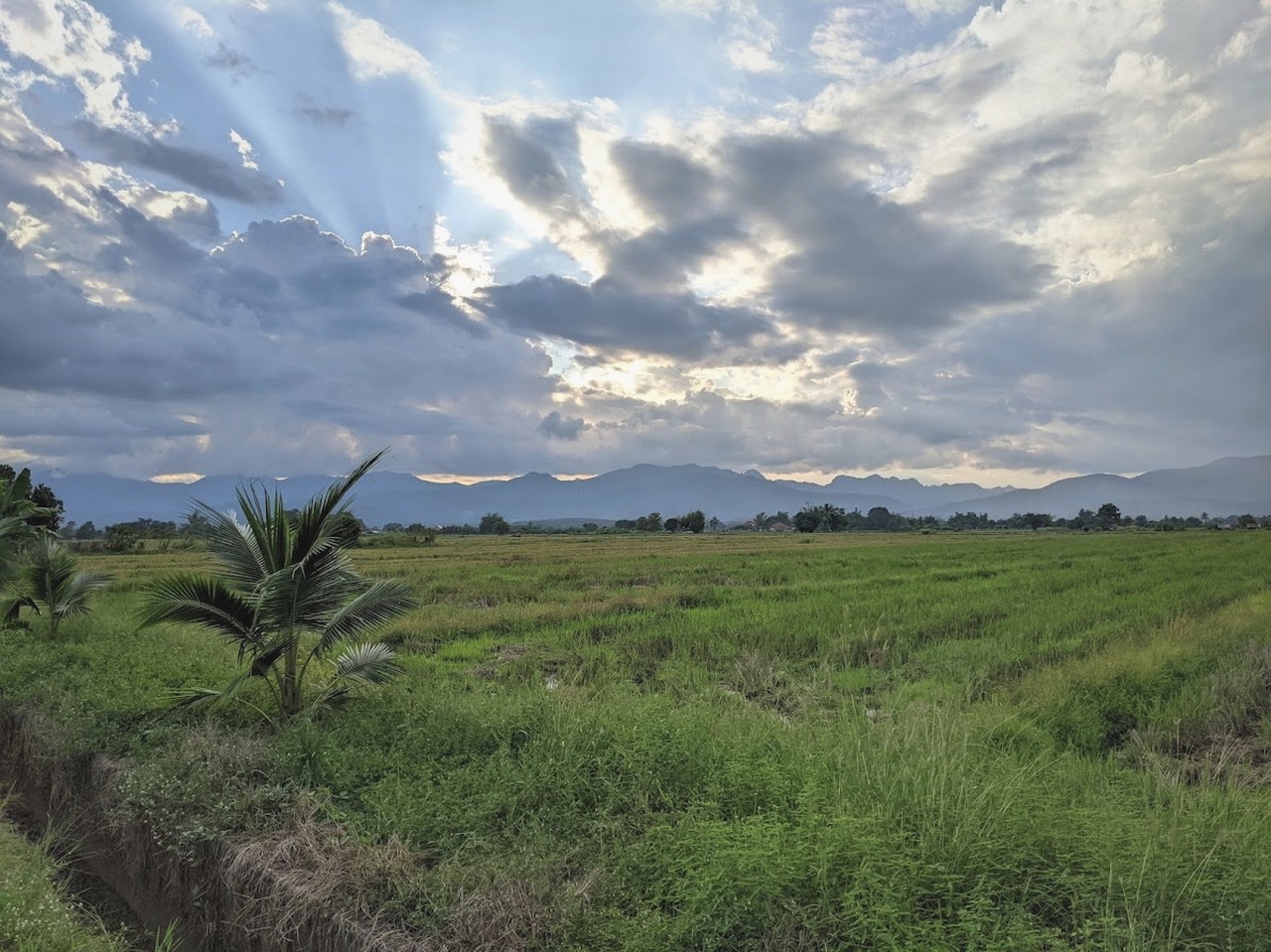
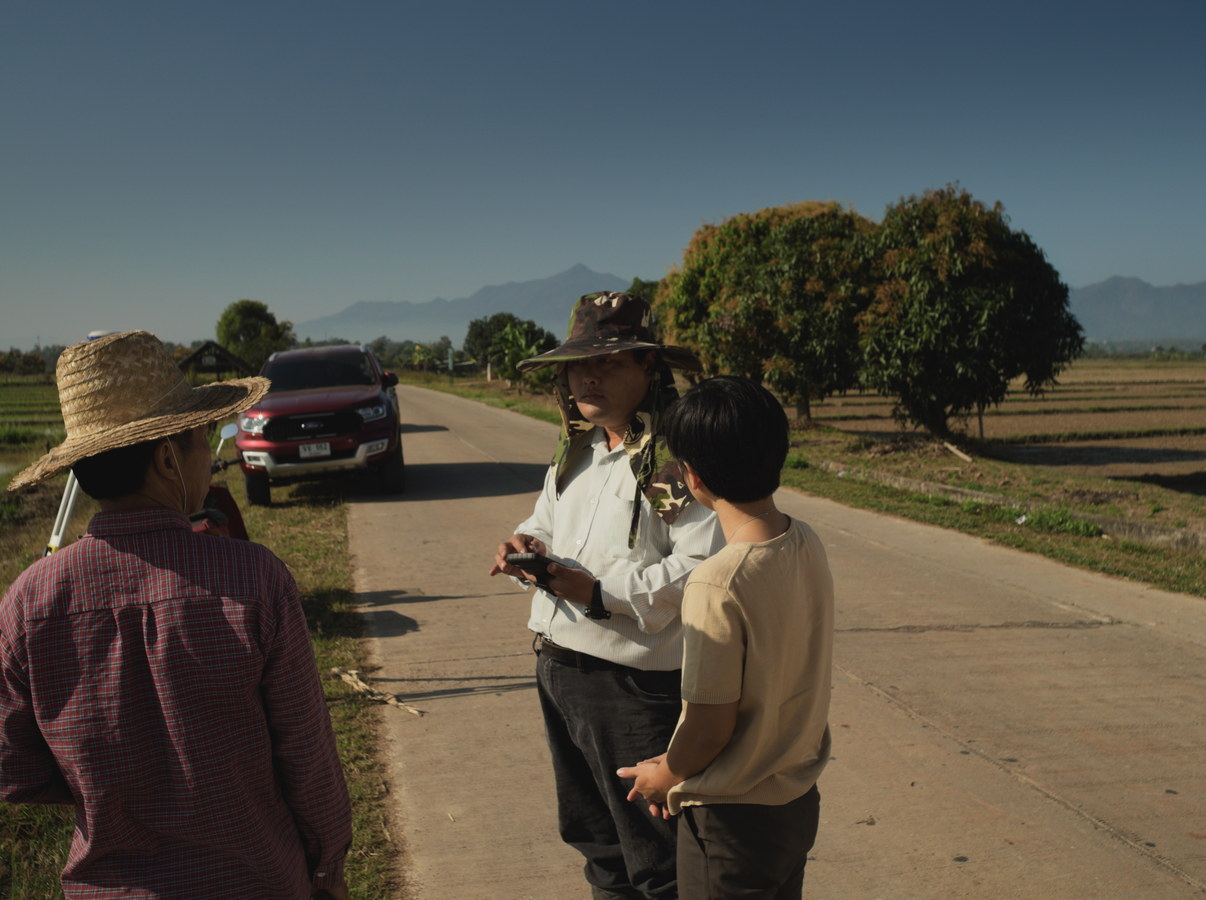

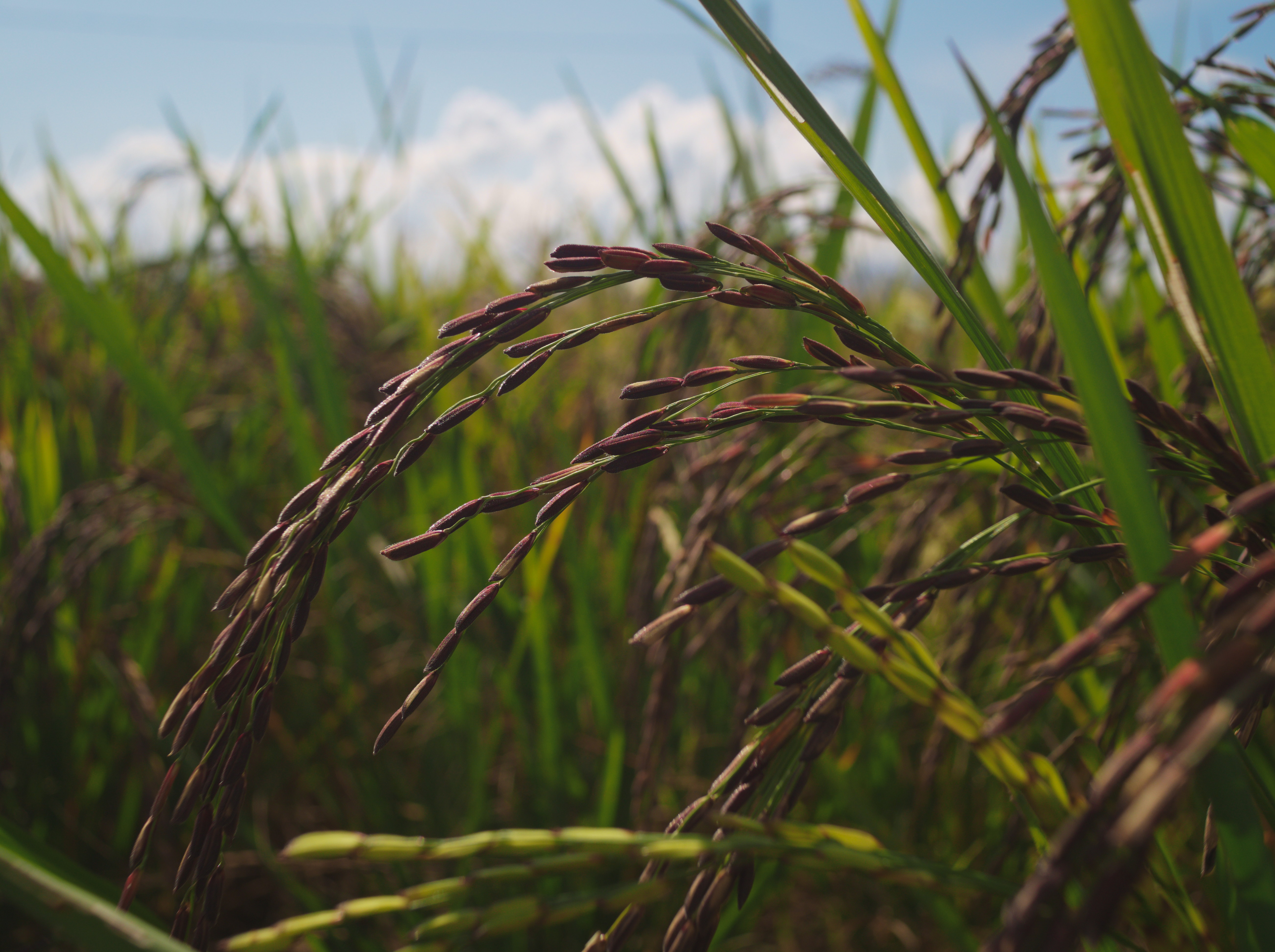
Yet another humbling experience.
We took part in transplanting a section of seedlings with our cooperative. What I've learnt is that farming
hurts - your bones, your stomach, it all hurts - that someone is working hard for whatever food you and I
get, so choose wisely and always finish your plate.
Then the good thing, the air is crisp, the chicken
is free range and after work there is home made whiskey. Wonderful people we work with, I love farming and
we gonna be doing this more.
Alex

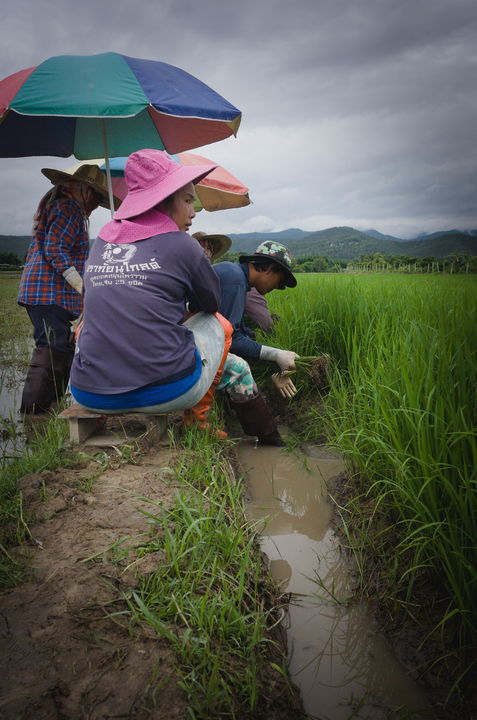
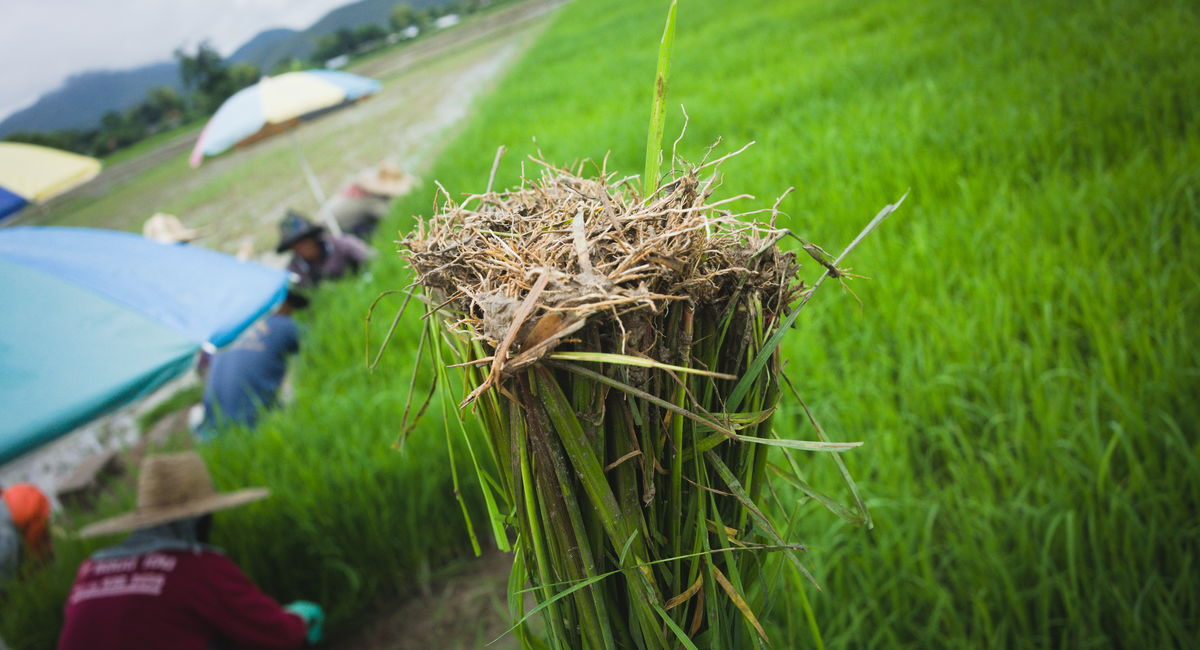

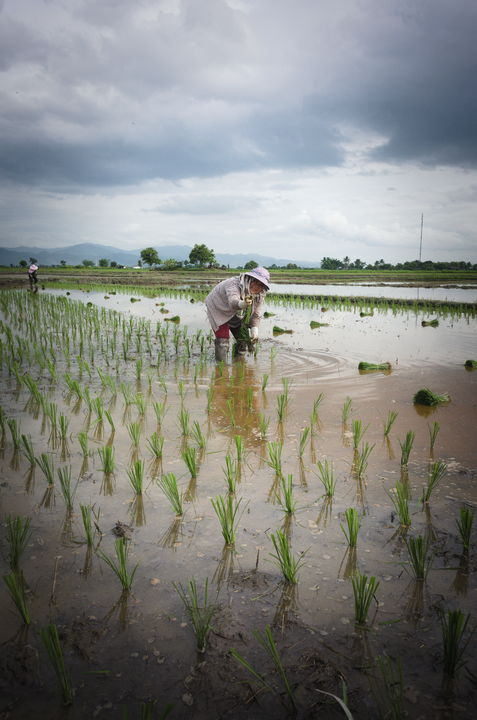






It's been raining harder here in Chiang Mai, the farmers agree.
Each year during summer the heatened up Tibetan Plateau makes trade winds change direction (what is called
the Monsoon). These Monsoon winds then start to blow over the the Golf of Thailand, bringing rain and moist
air to every corner of Northern Thailand. After some very hot months, seeing these winds opening up the sky,
it's awesome.
Lately the Tibetan Plateau gets hotter, probably because of global warming (I am no expert, so don't go
after me) and as a result winds have become stronger and there has been not only more rainfall than previous
years, the intervals have become very irregular as well.
The good thing is that water shortage in
Phrao and Northern Thailand never will be an issue and that yields will remain excellent in this part of the world. On the
other hand, some things have to be done differently.
Up until now rice was being dried in the sun, year after year, and it was up to the rice grower's skills to choose the right day to harvest (when the grains' moisture content is around 20%), then he'd decide how long each grain would get a sunbath. Unfortunately with this method, due to irregular rainfall, a consistent moisture content of around 12-14% for every batch of rice can't be guaranteed any longer and we had to move to a drying machine. A tough decision while at the same it's intriguing to witness climate change manifesting itself in such seemingly minor details.






Since 2018 visits to Phrao have become more relaxed.
The previous years we had kept our word - we paid
and picked up everything we had agreed upon without interfering with the rice growers' part of the job.
Building mutual trust takes time.
We got closer with one particular farmer in the group, khun Boonlerd.




In 2013 Dao and I were invited to join a forest inspection team in Si Lanna national park, led by professor
Supot Boonraeng. About two years later he'd get us in touch with lung Detch, who would become our rice
miller and for whom it almost took as long to get us together with the rice growing cooperative in
Phrao.
So it was 2016 when we were introduced to the people in Phrao. First we would meet khun Ton
and his rice, a flavor we had never tasted before.
At the time we had no clue that it is its micro
climate - Phrao is a valley surrounded by the mountainous Si Lanna national park, in my view a top 5 breathttaking and under the radar location in
Thailand - a (slightly) higher altitude and specific soil acidity that sets Phrao apart.
Khun
Ton, a rice farmer from father to son, had been growing organic for about 10 years, his rotation crop being
soybean. He maintains a small mango orchard while growing a variety of greens as well. Khun Ton's land
totals 10 acres and his produce he sells and exchanges at the local market.
Besides our order, the
cooperative's (brown and sticky) rice is mostly eaten by the local community, some served at a respected
Chiang Mai Buddhist center and a small portion being sold on the domestic market.
For crop year 2017
we sampled and bought a batch of about 2 tonnes of (milled) heirloom black rice and riceberry. The year
after we ordered 6 tonnes of milled heirloom black rice and 2 tonnes of riceberry.





Most of our seeds have been kept aside from the previous harvest while every few years an exchange happens with rice growers at different sites. Yields turn out better this way and rice plants are less prone to disease.
We only grow rice during the Monsoon (and we start actually quite late, around August). Rice growing cycle for heirloom black rice is around 90 days with a nursery time of around 3 weeks.
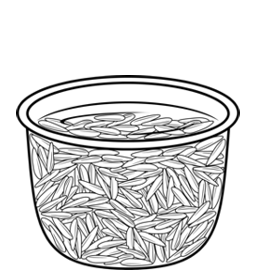



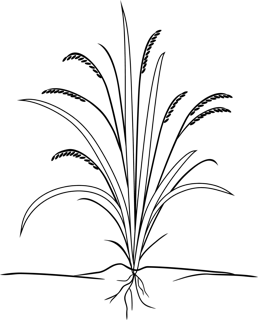
No synthetic pesticides are being used while we even haven't been spraying any sorf of organic insecticide for a long time. Some years it happens our rice attracts more insects. Then a homemade tobacco leave solution, highly diluted in water, is being sprayed.
When young seedlings are transplanted in the paddies (stage 3), water levels are kept 2" high for another 3 weeks. The lack of oxygen minimizes further weed growth, while existing weed is left untouched and serves as organic matter.
Manure is a combination of chicken and bat dung, and at least once a year a bean variety is grown for nitrogen fixation (crop rotation).